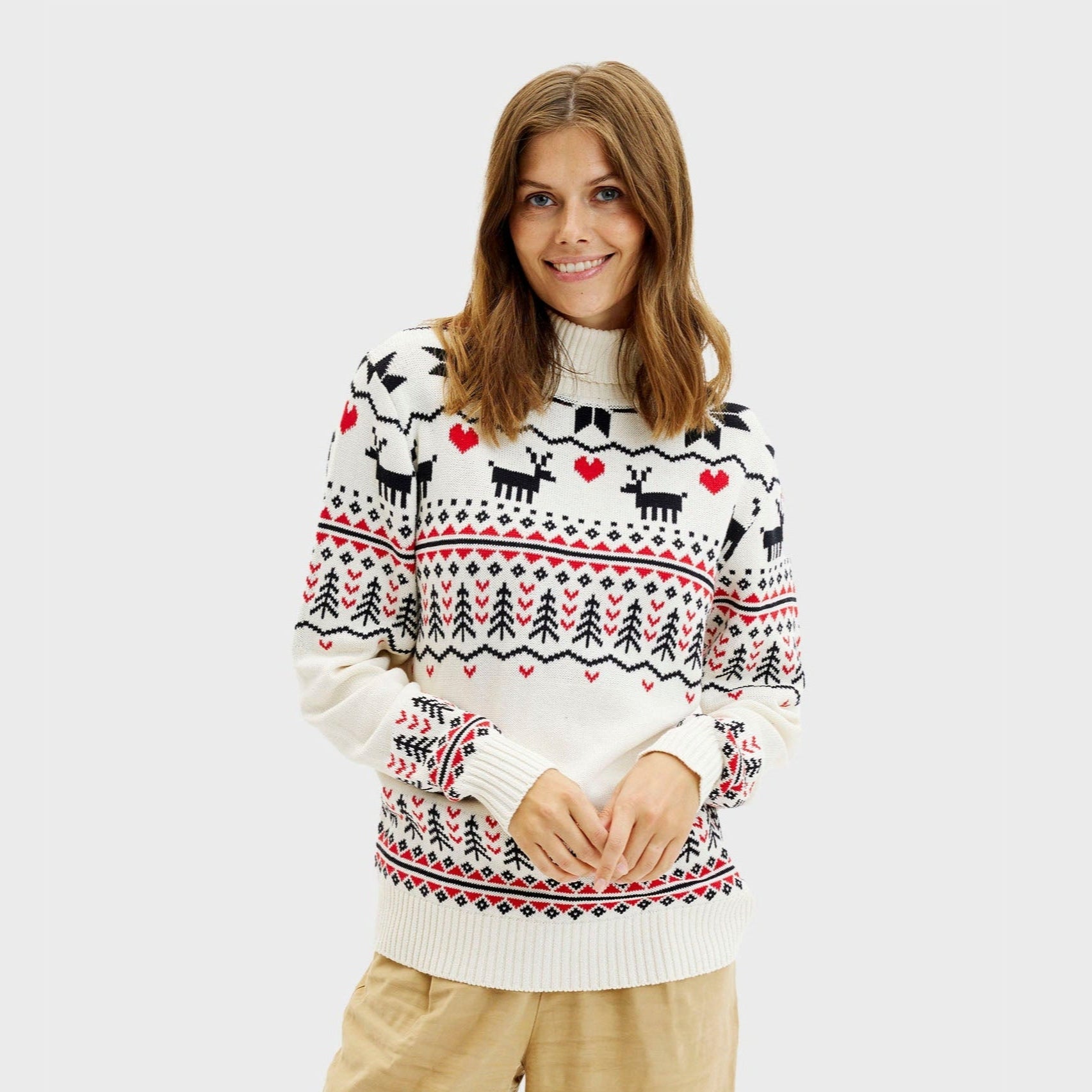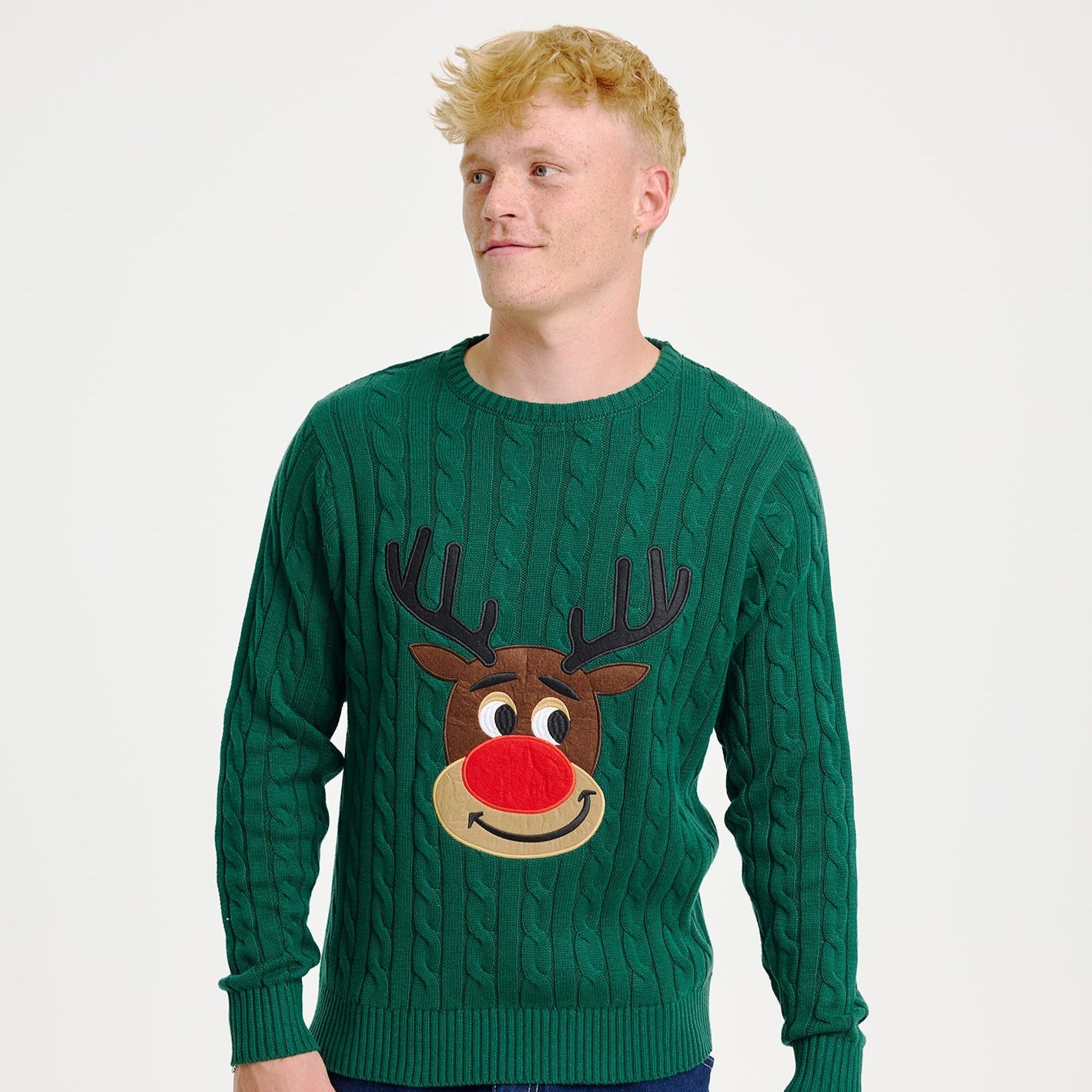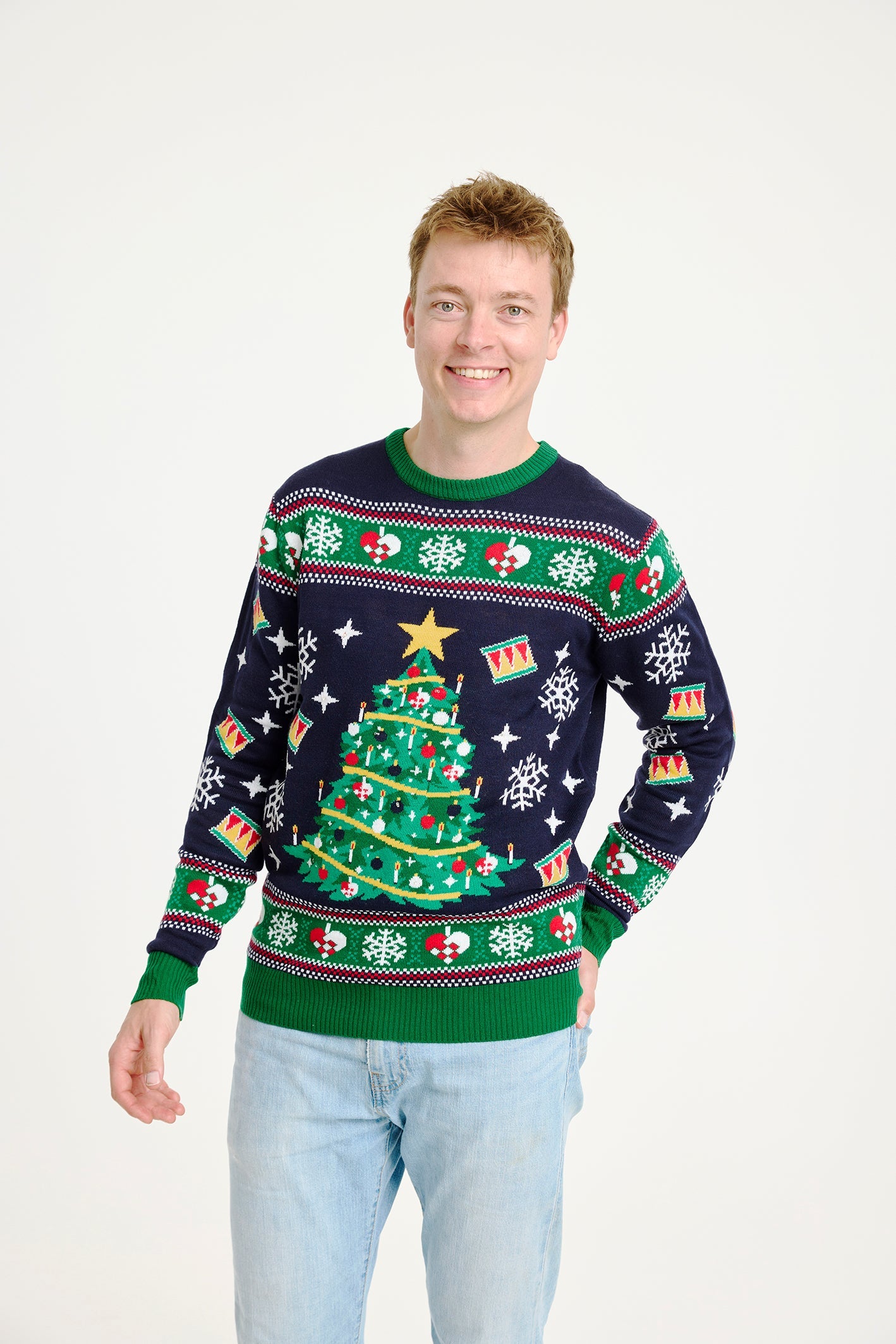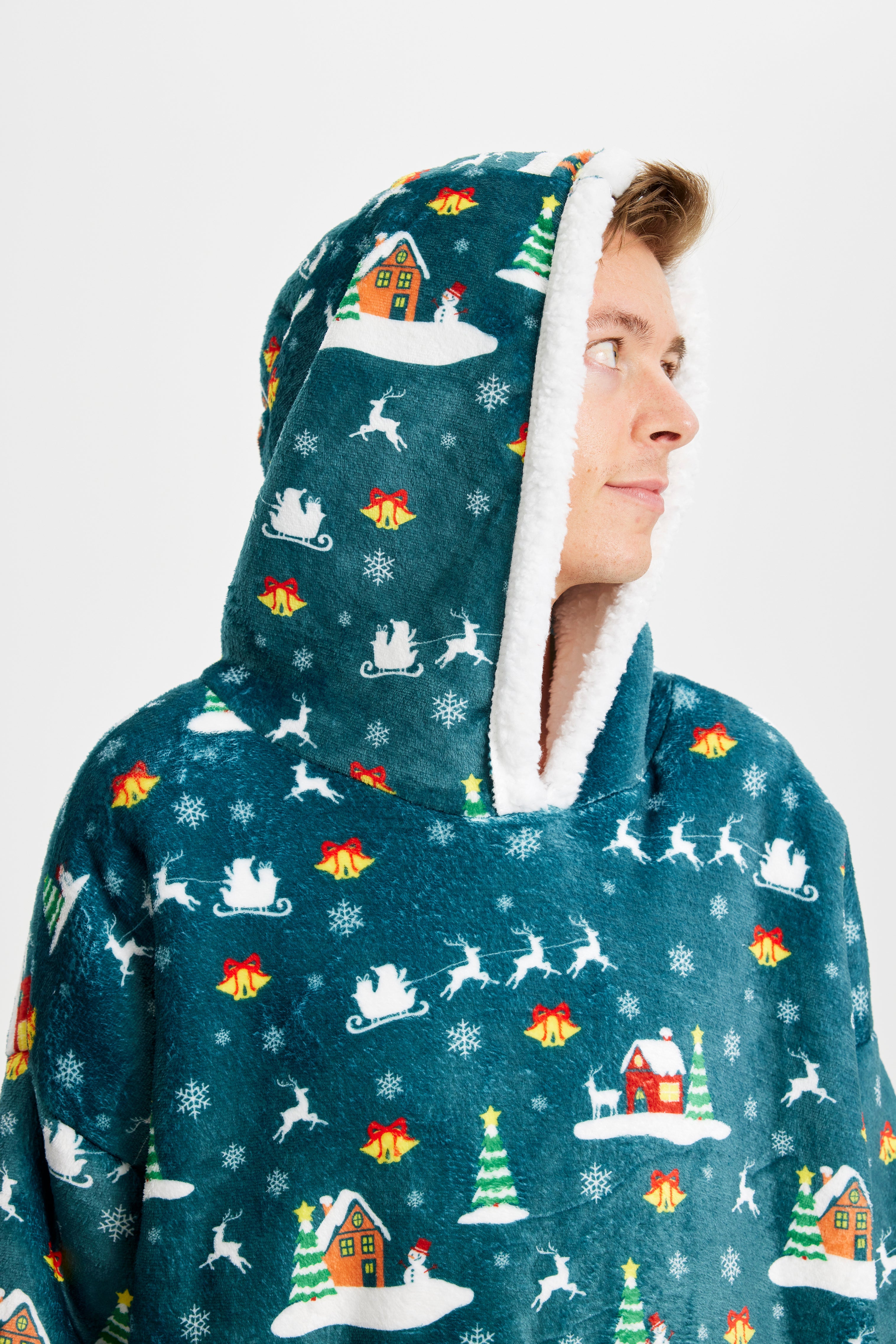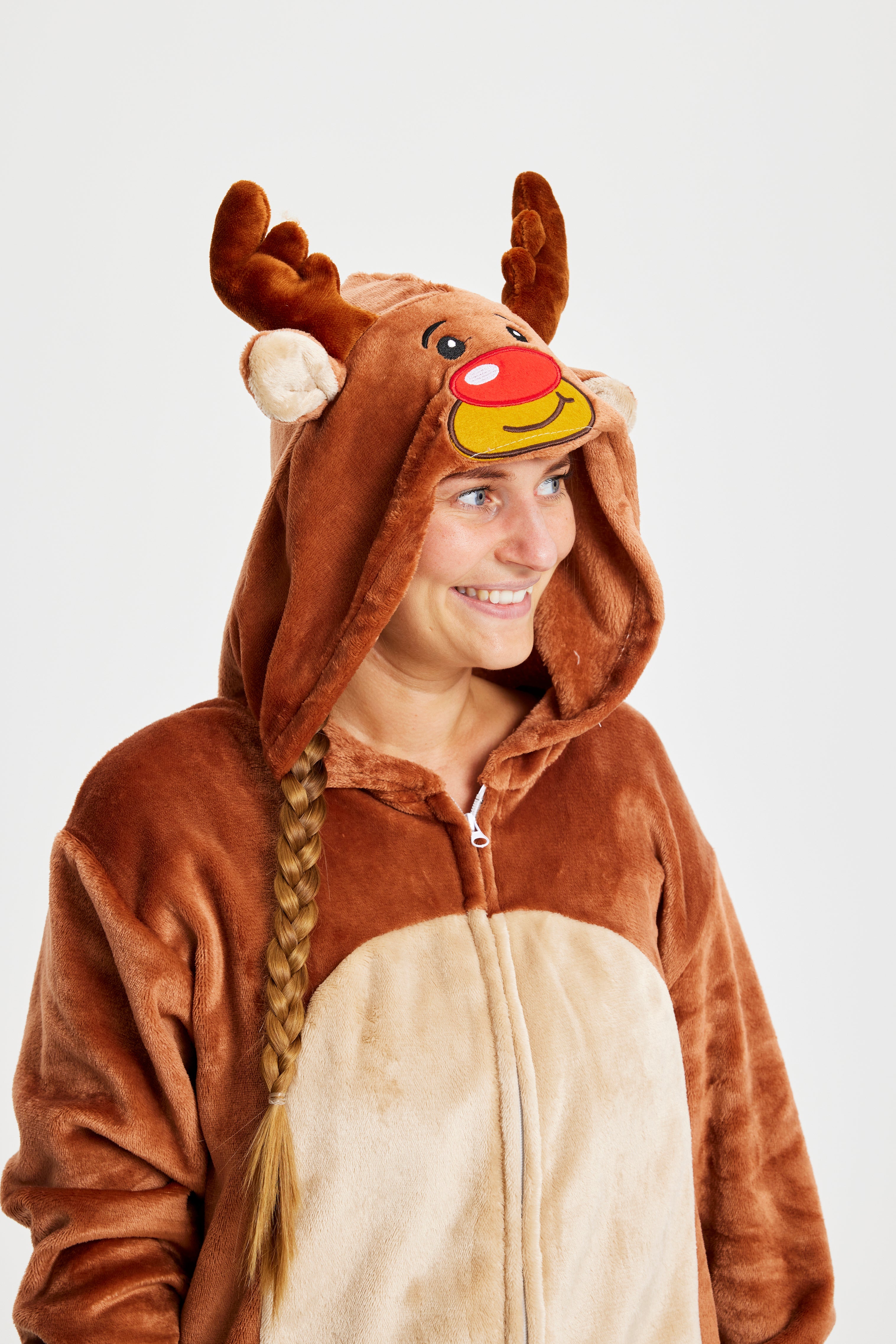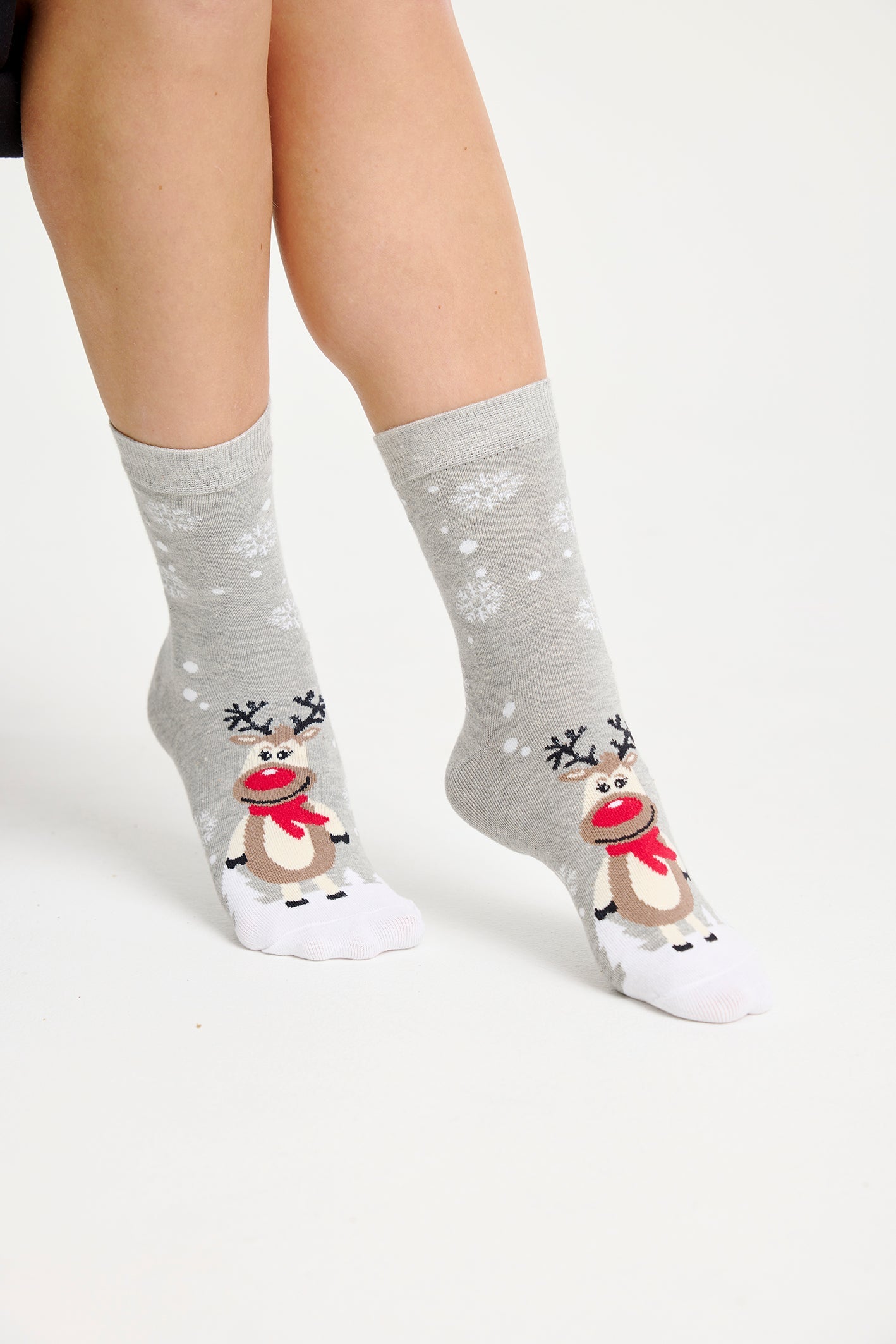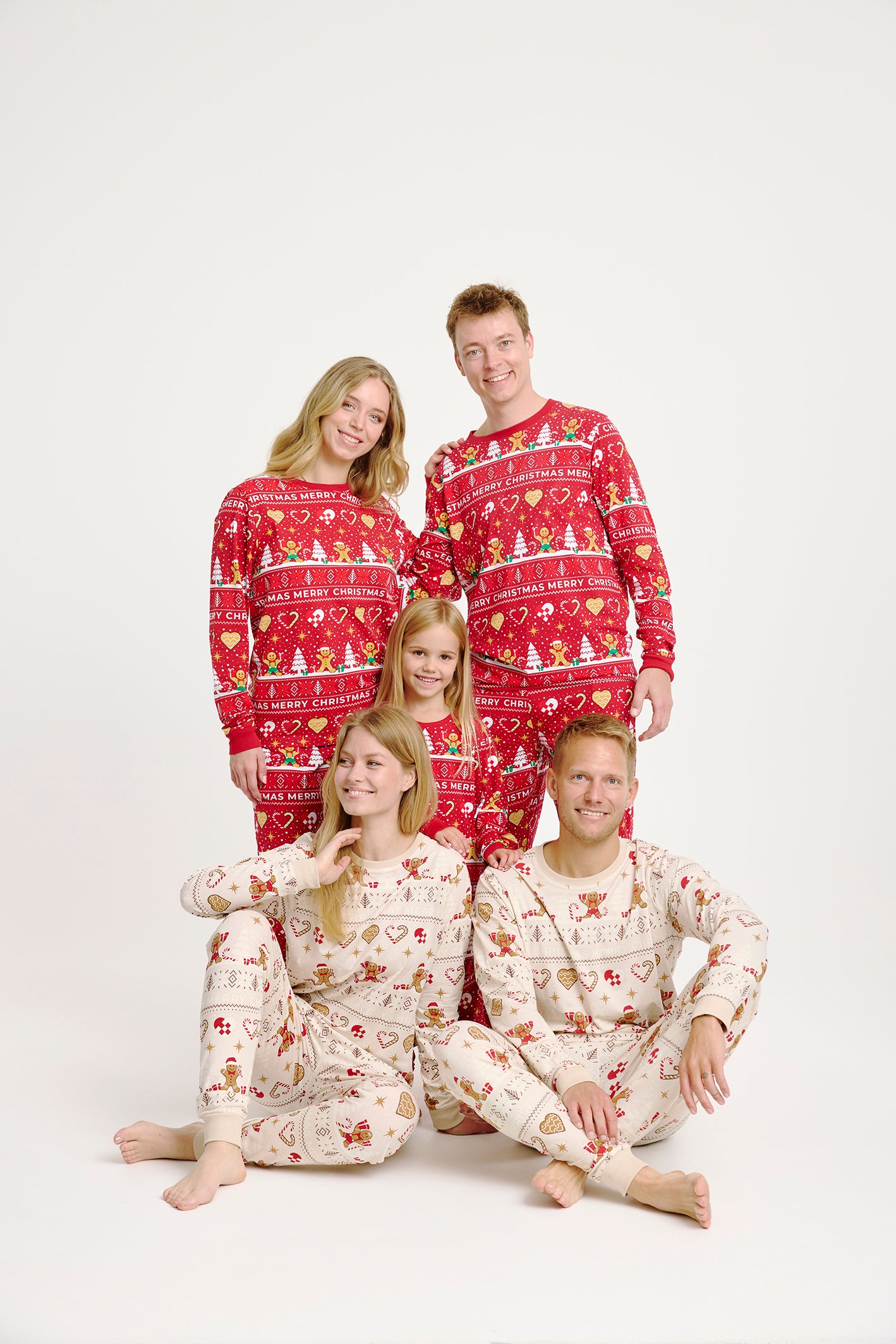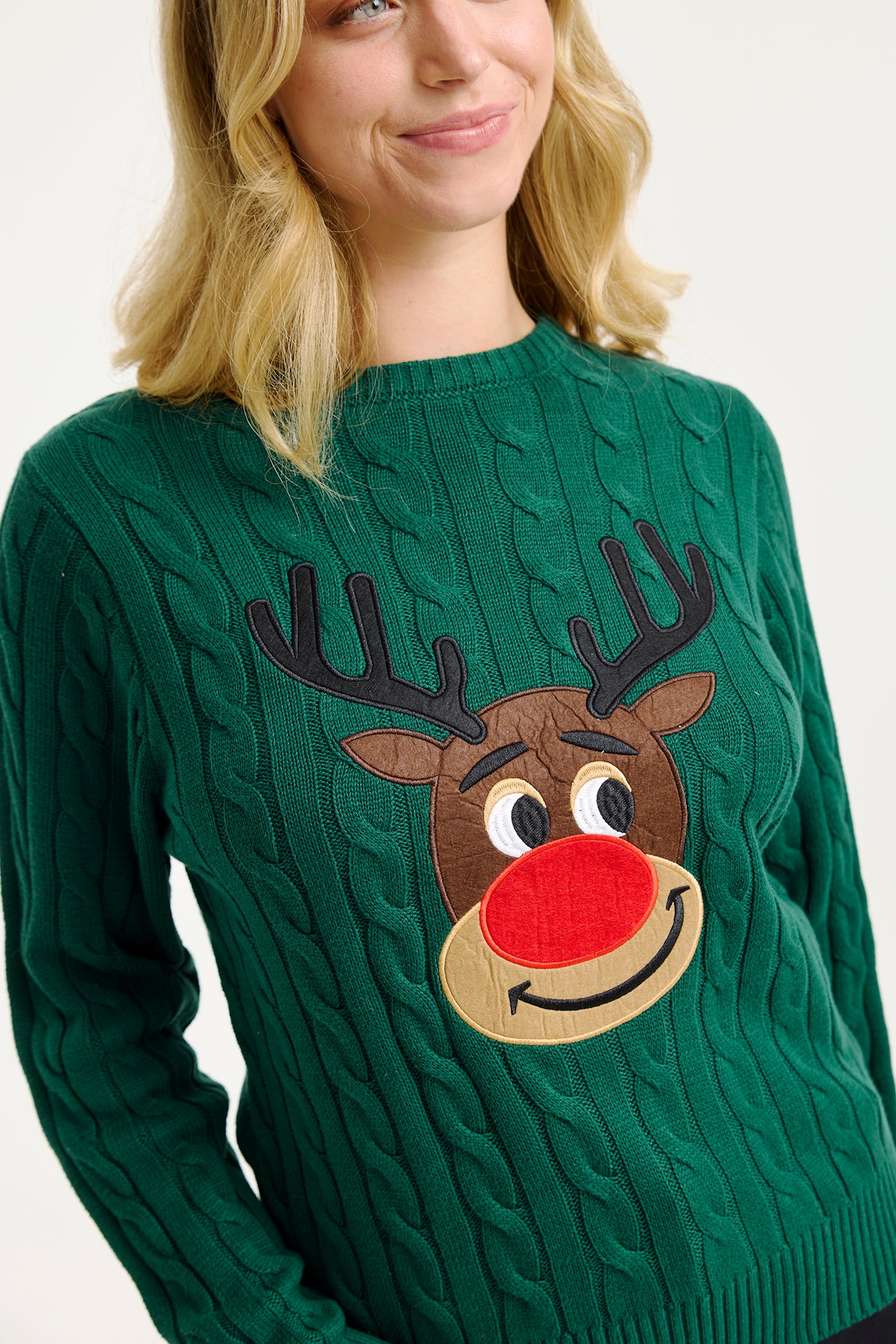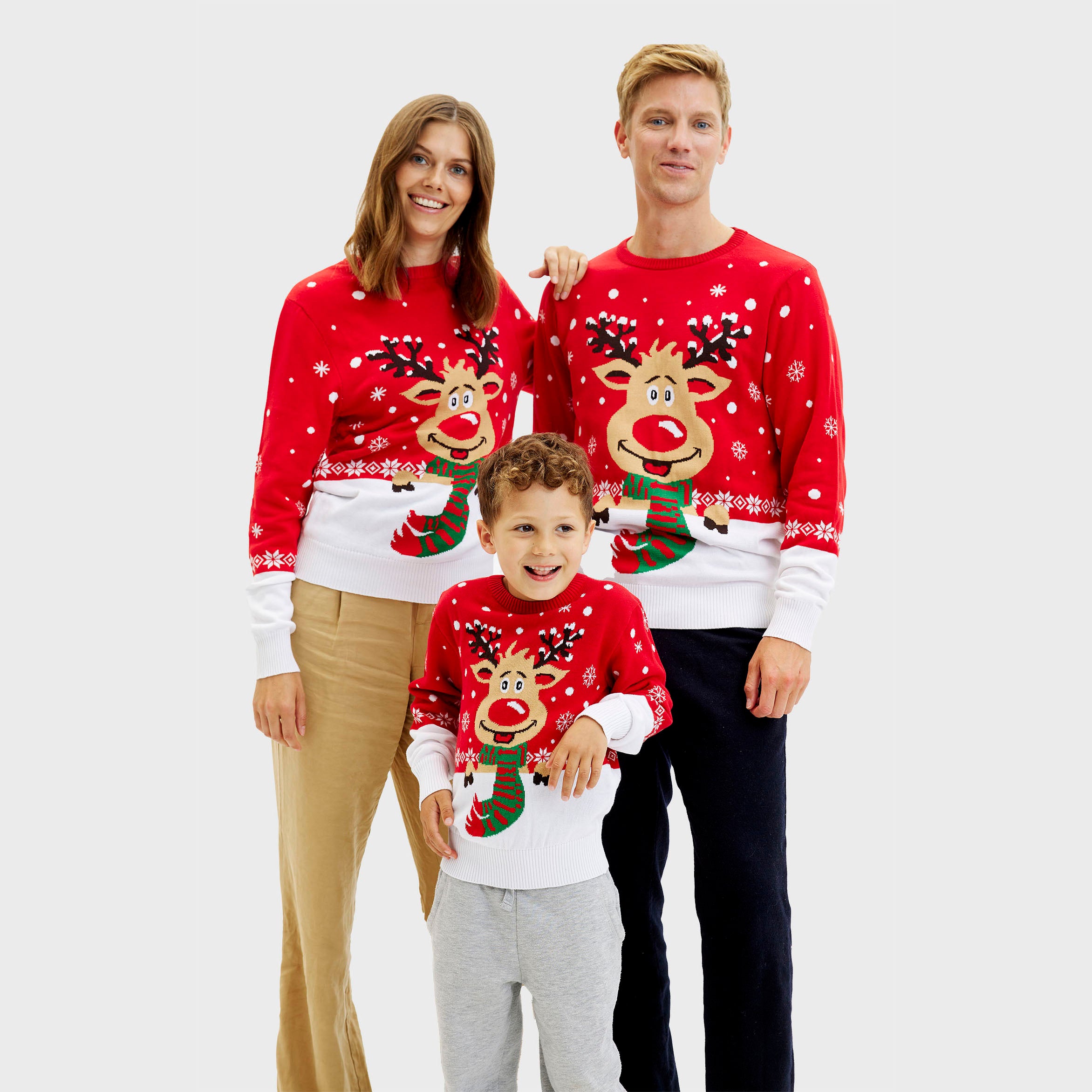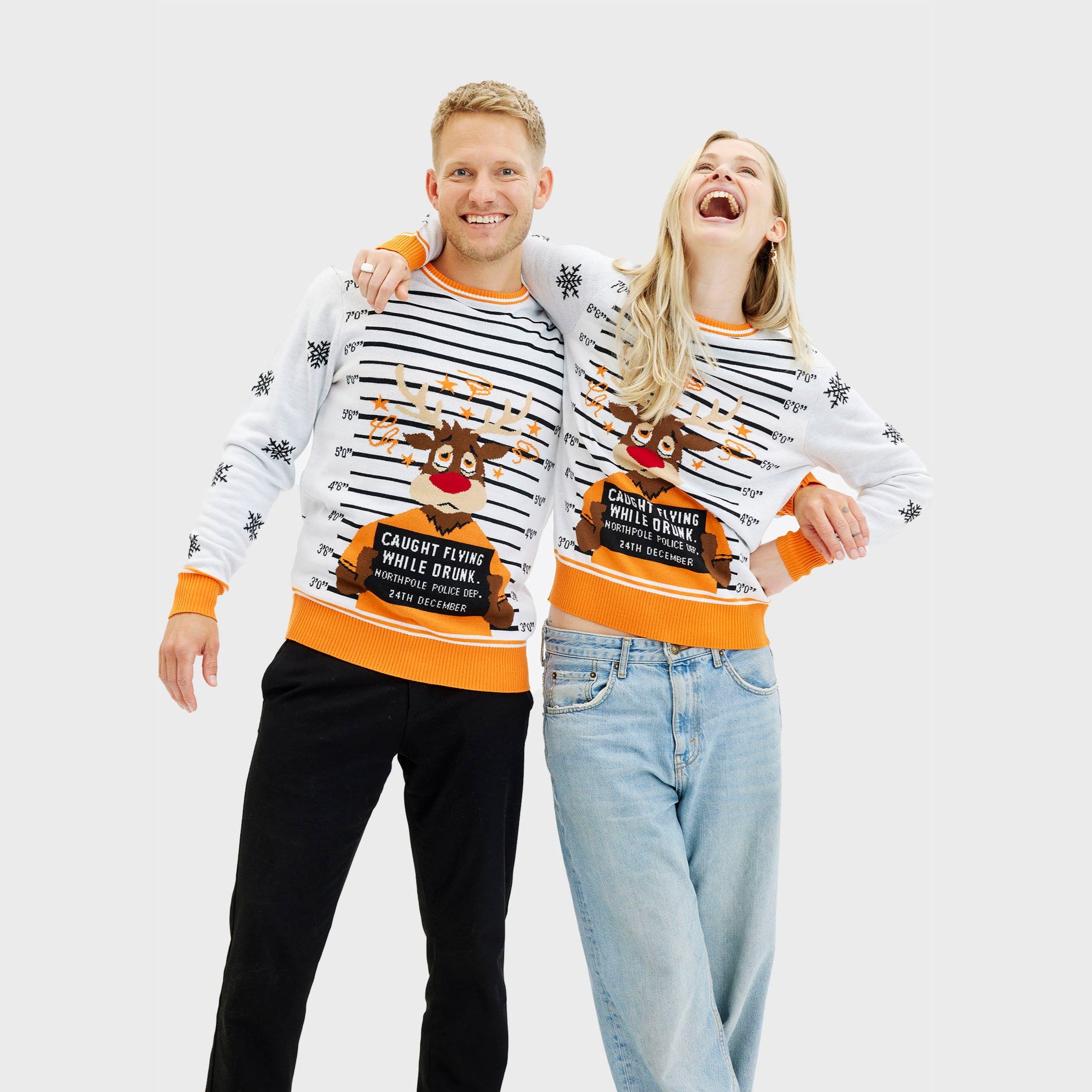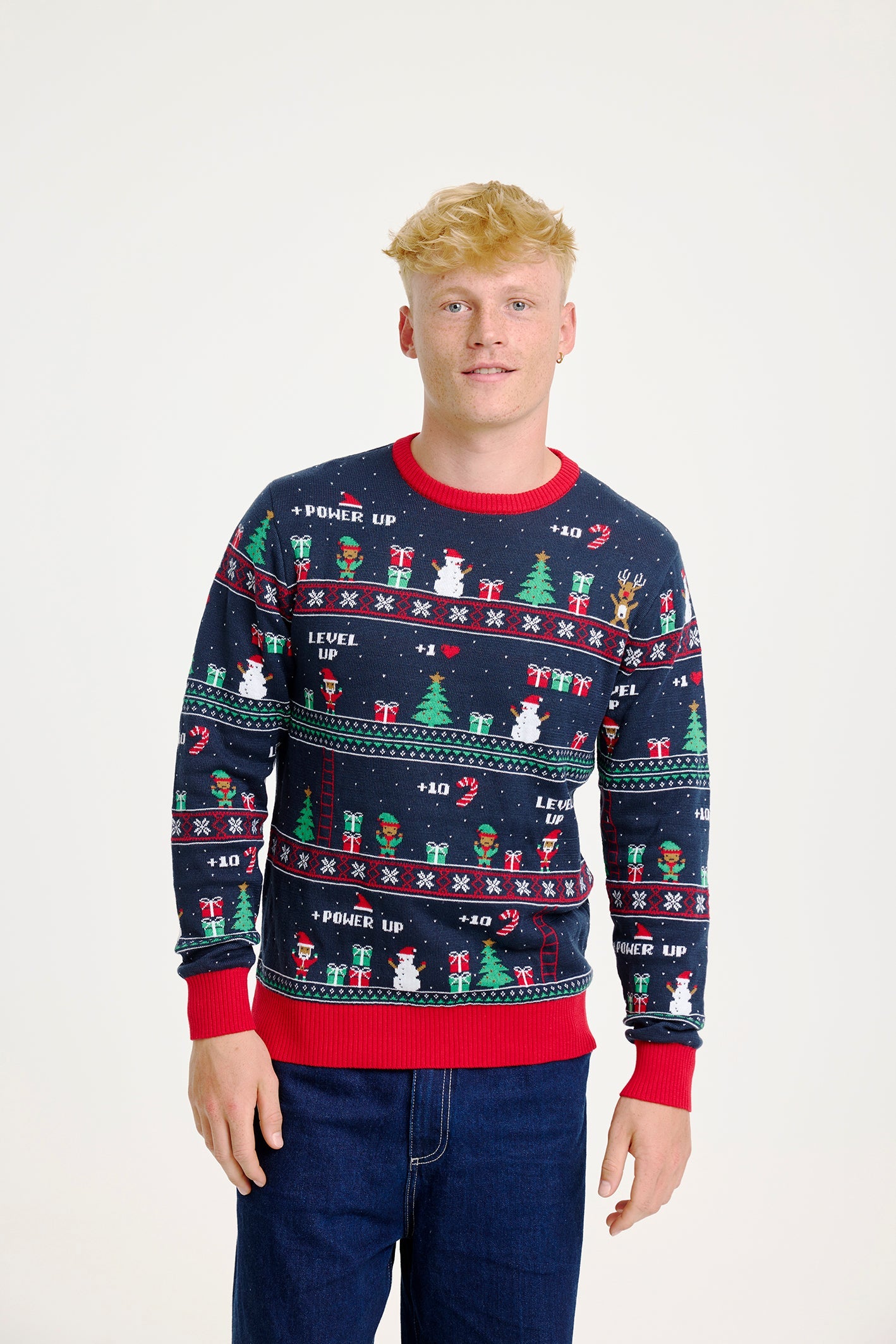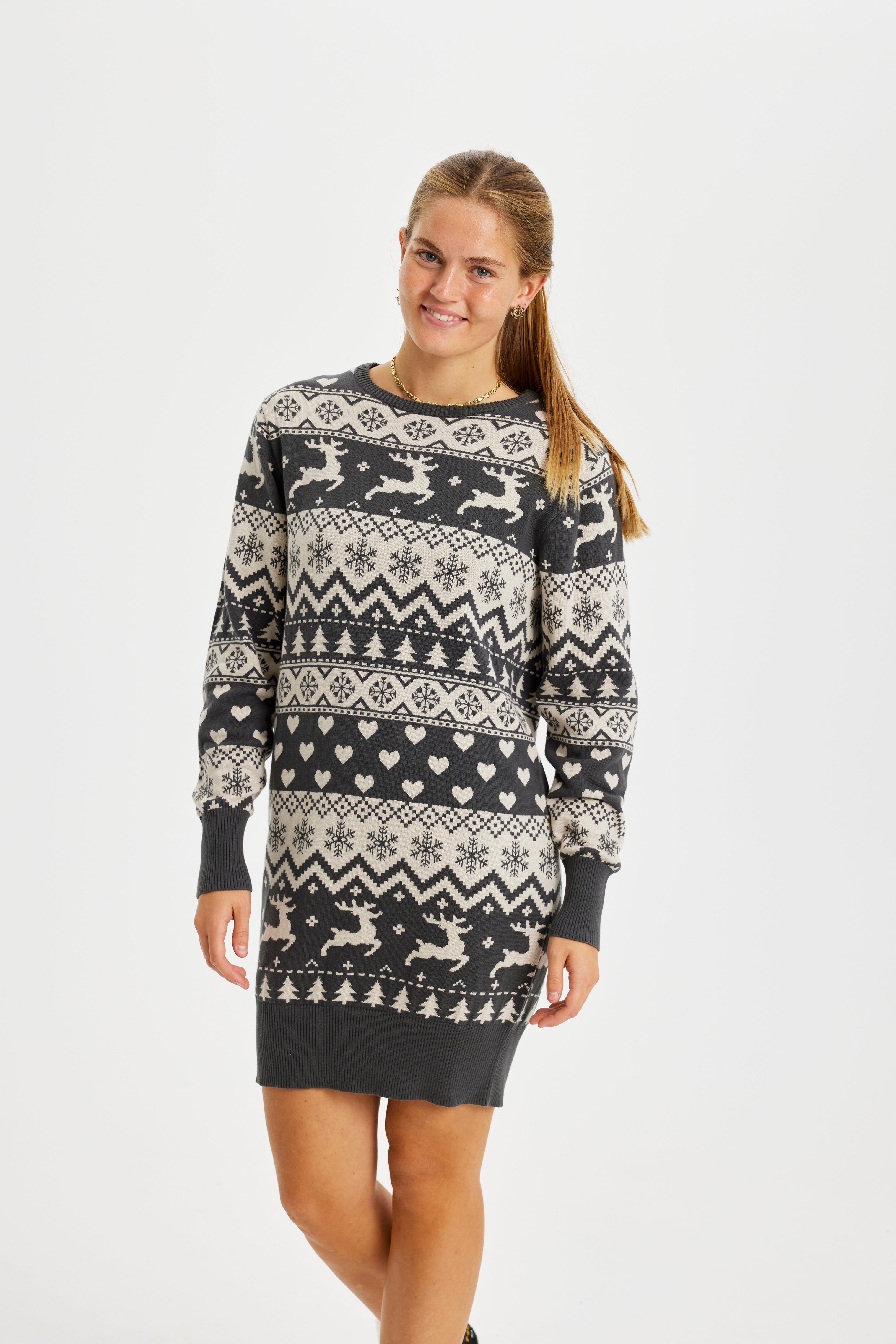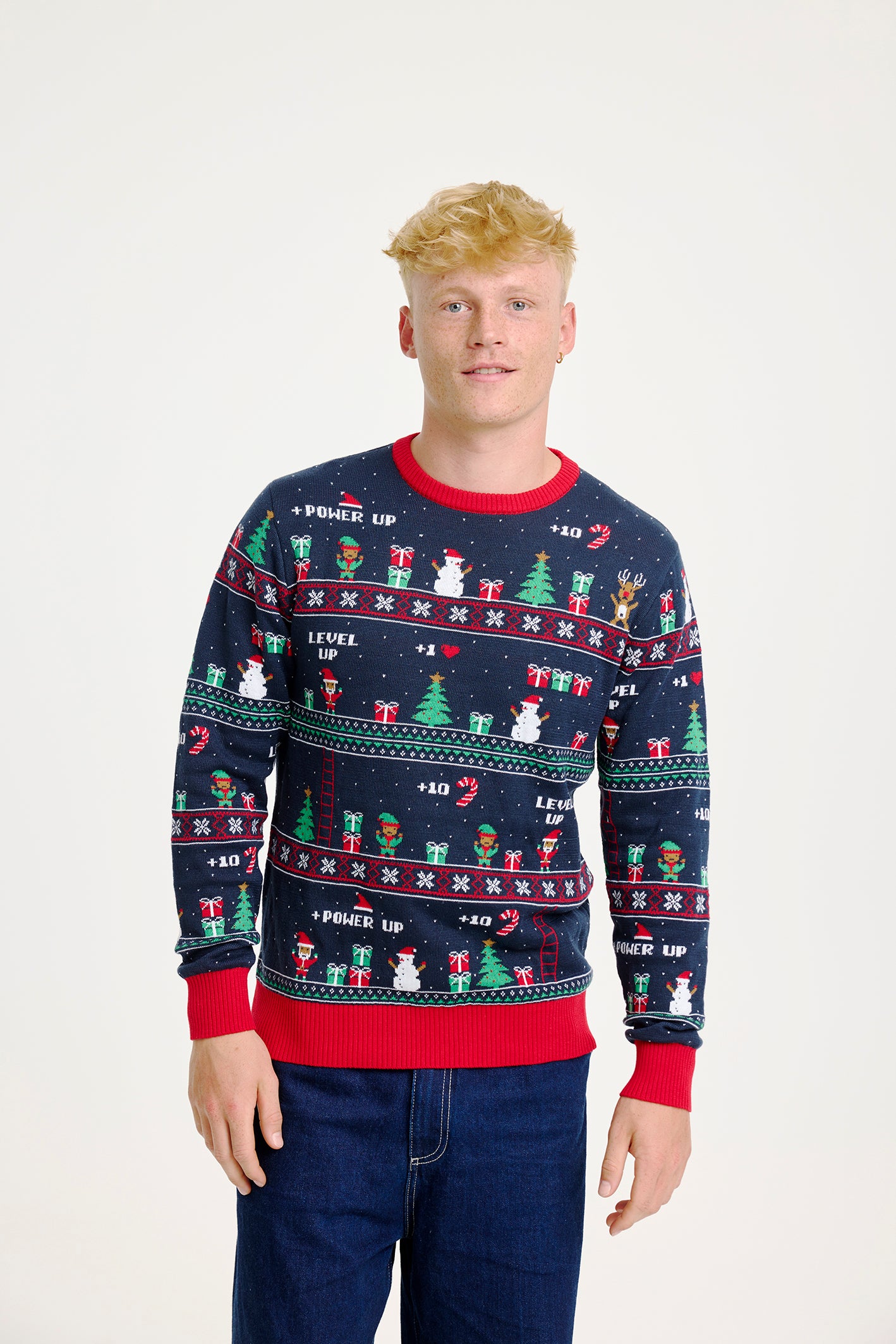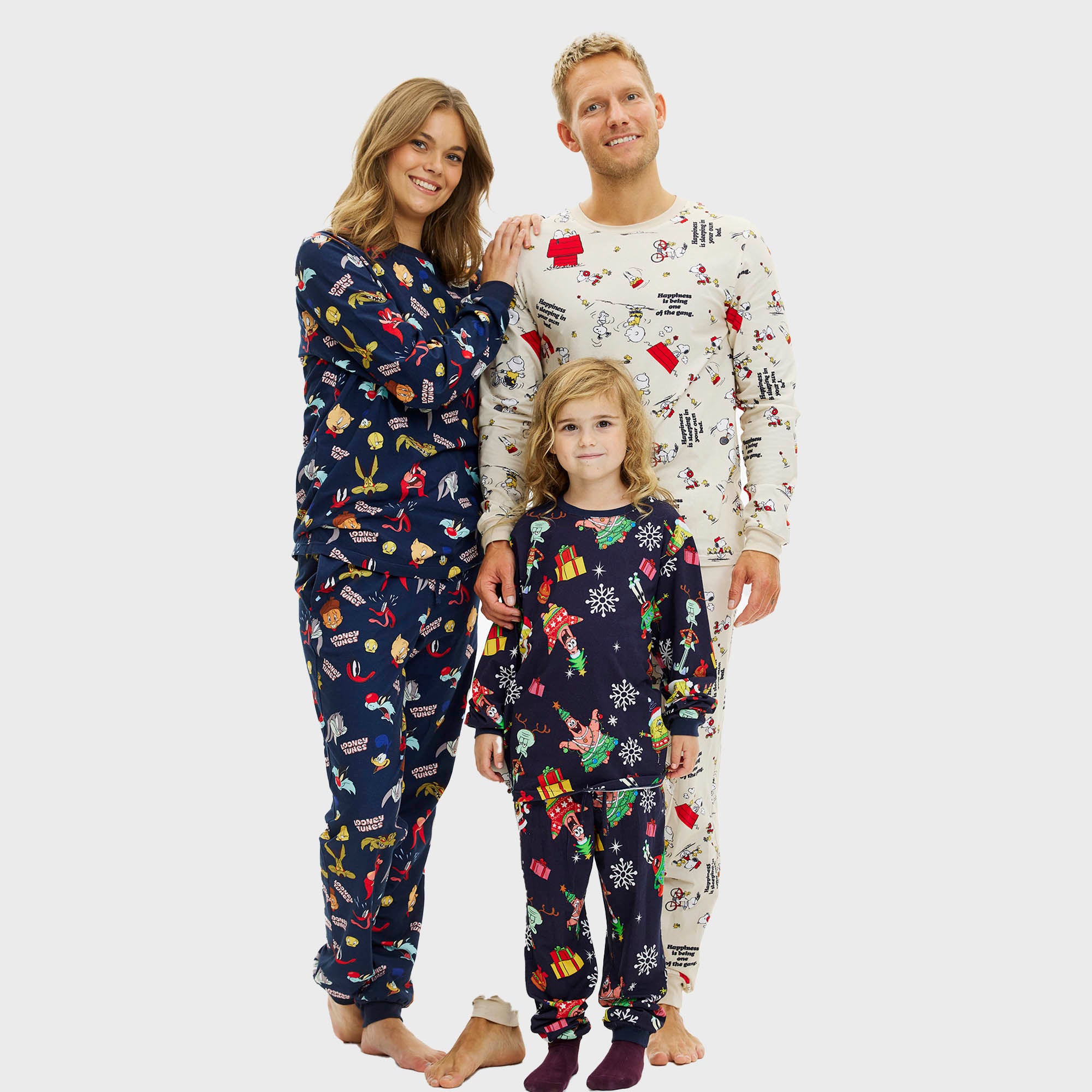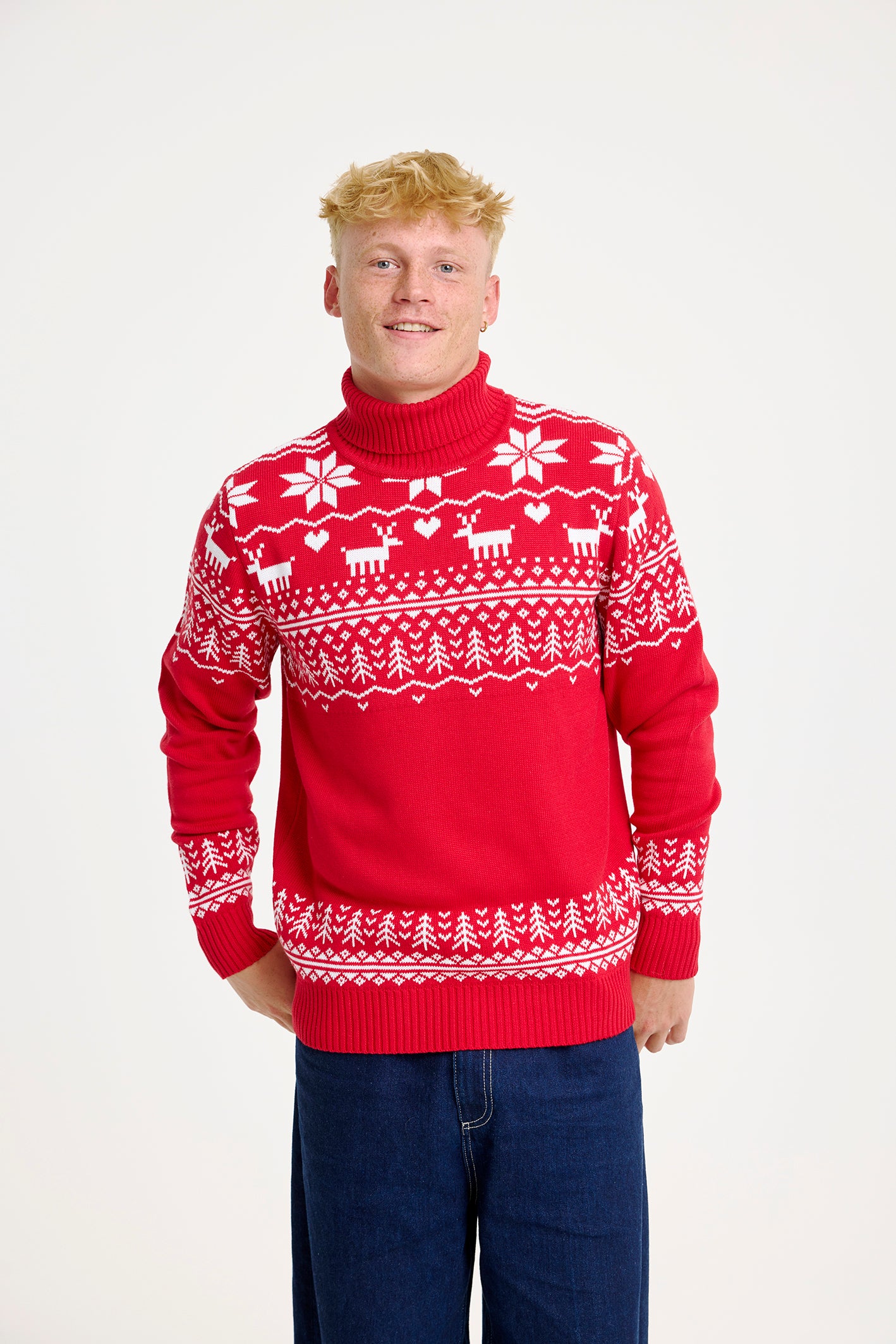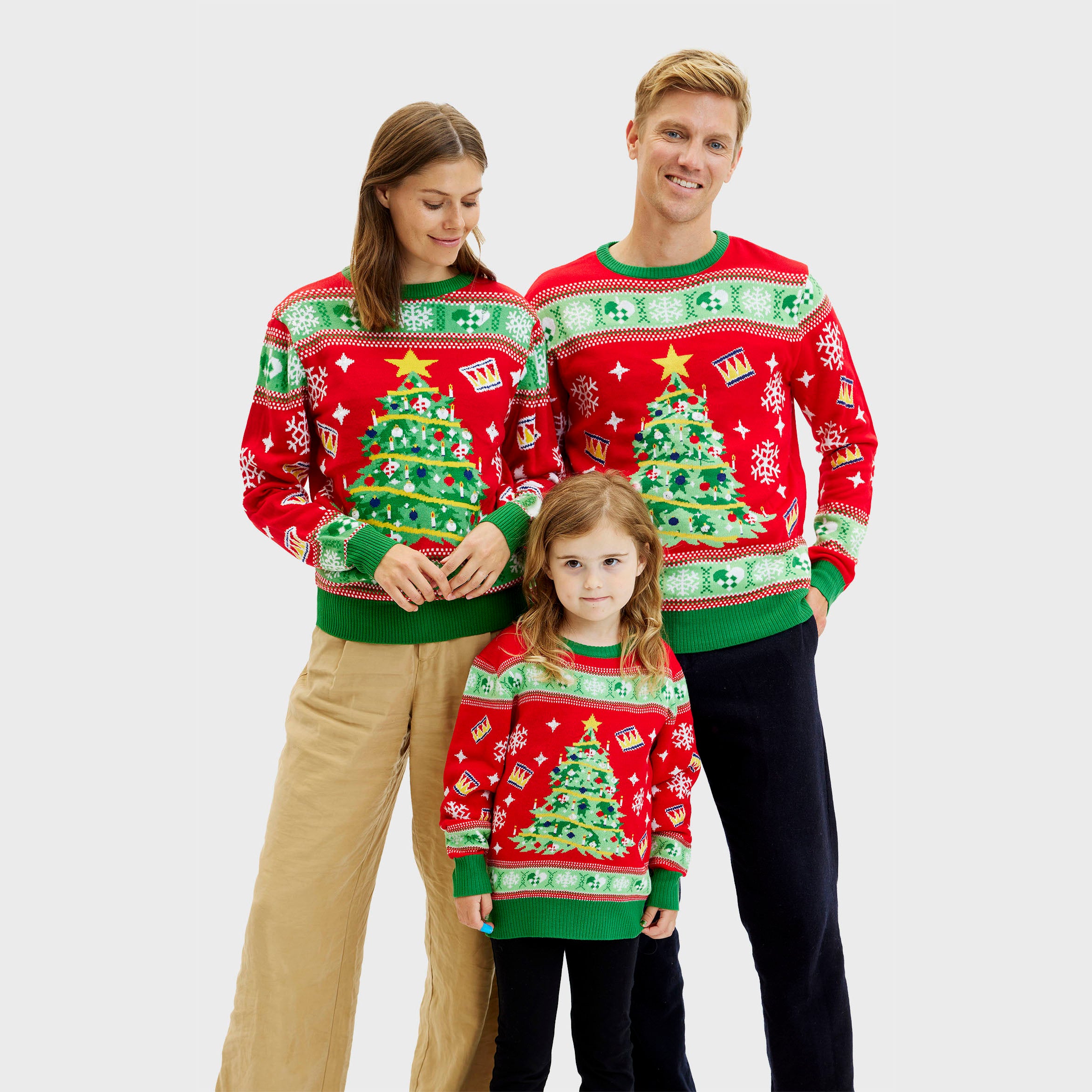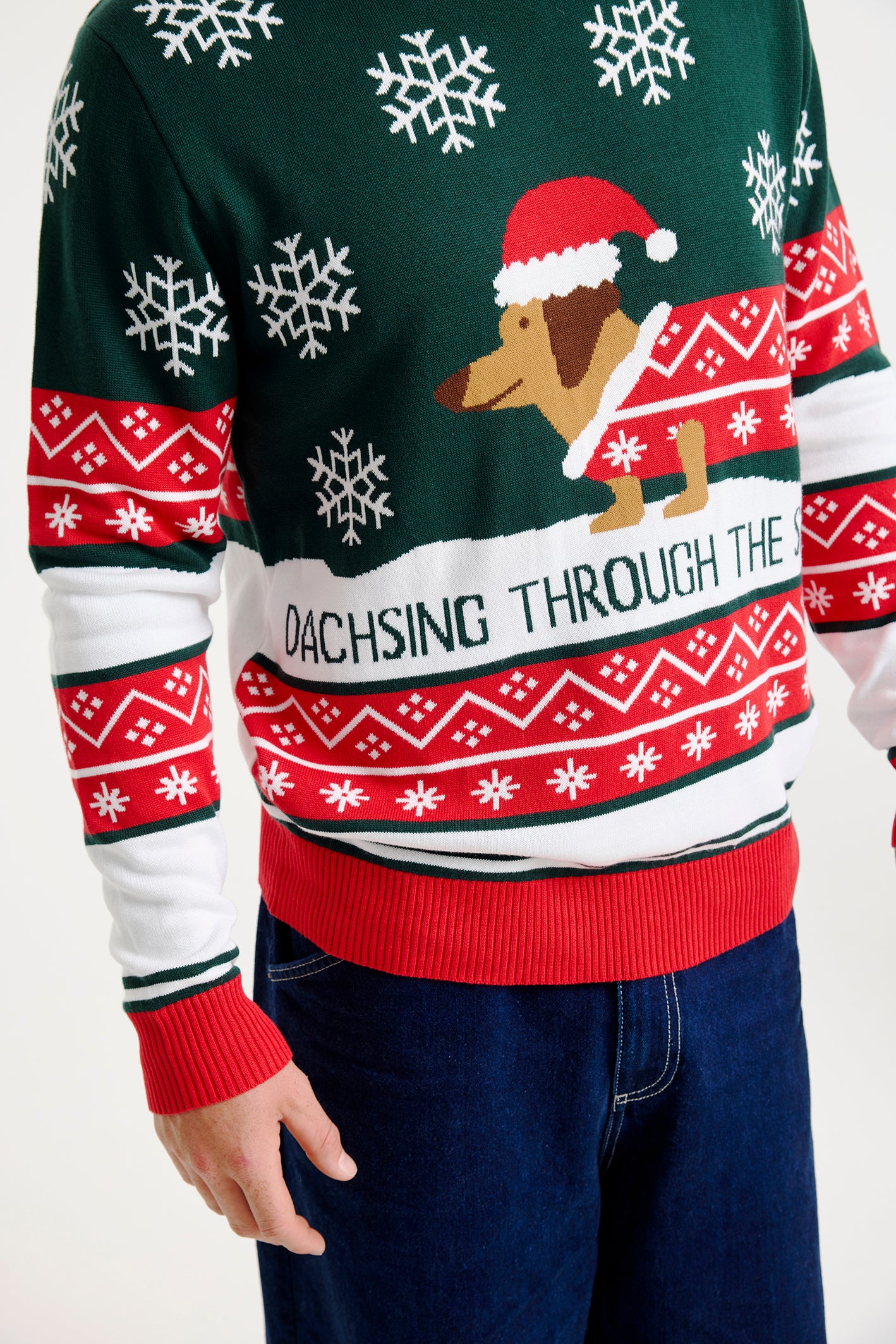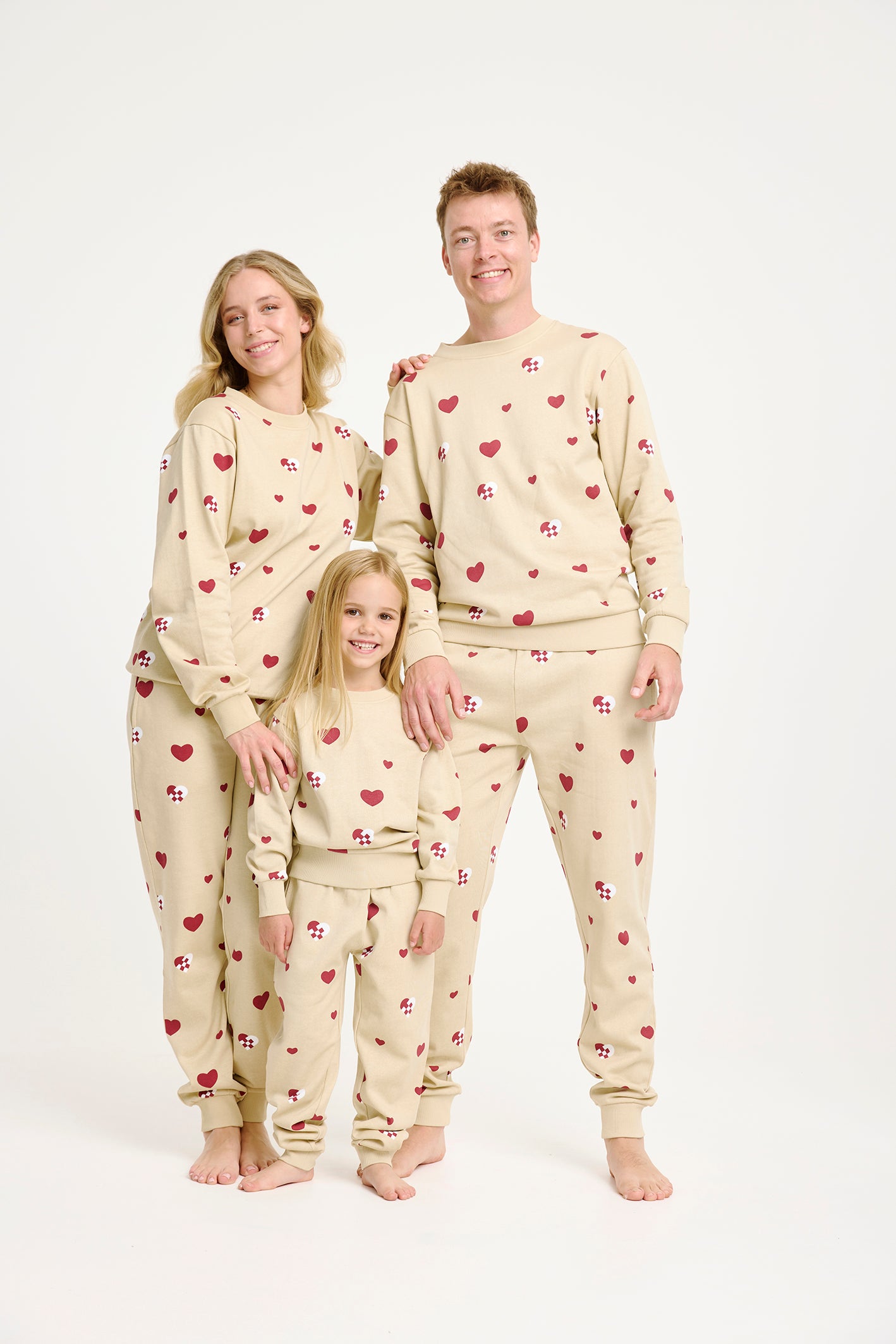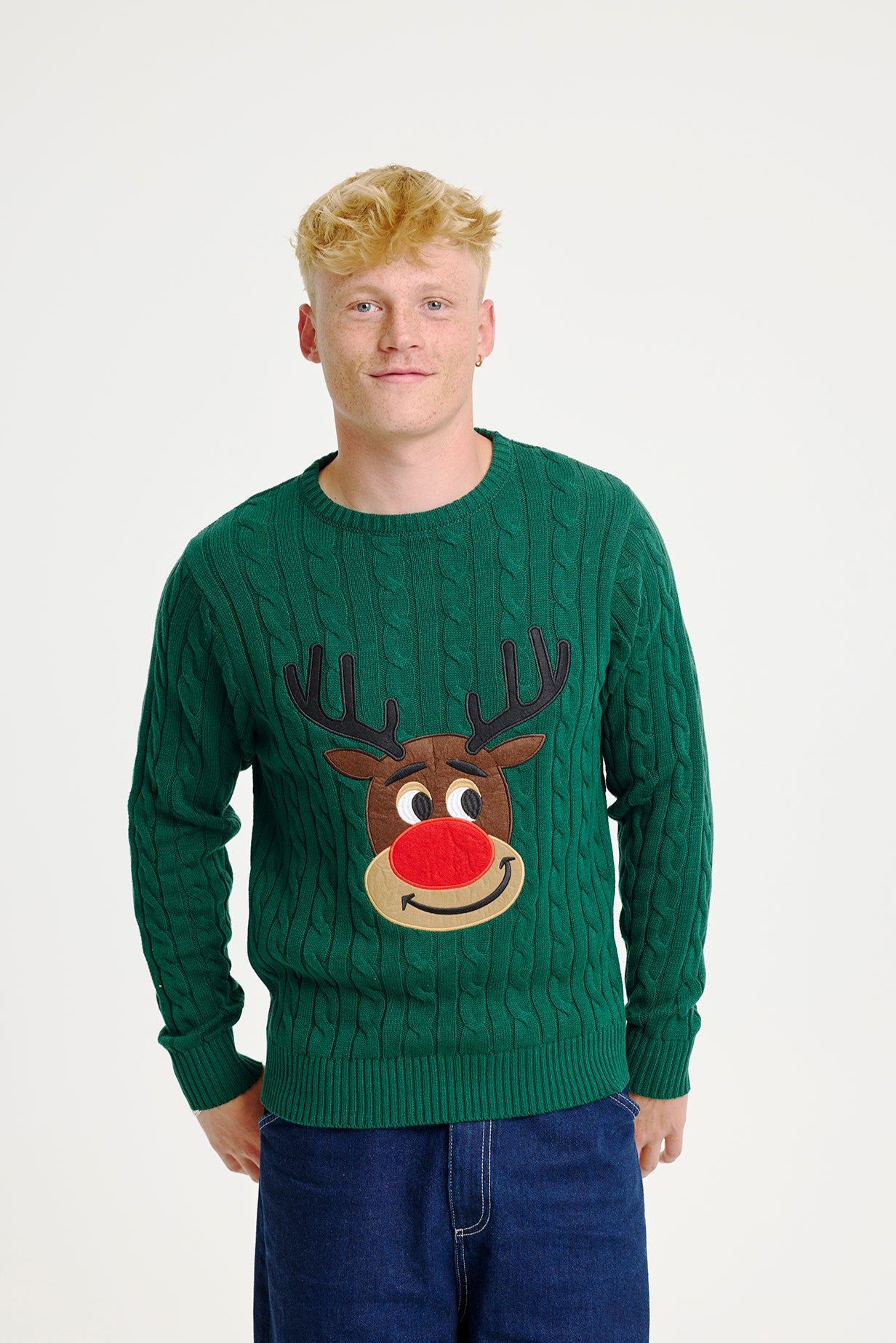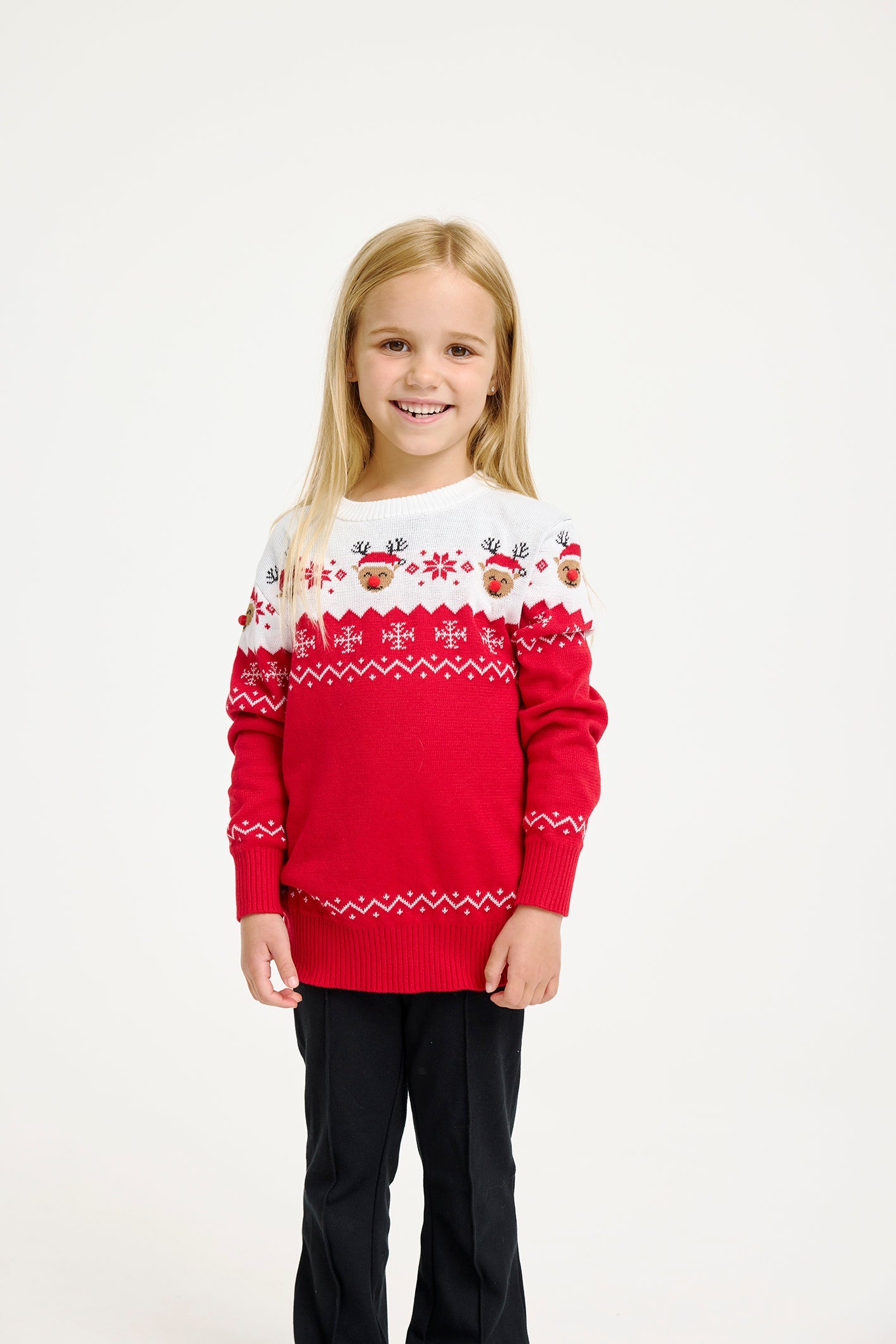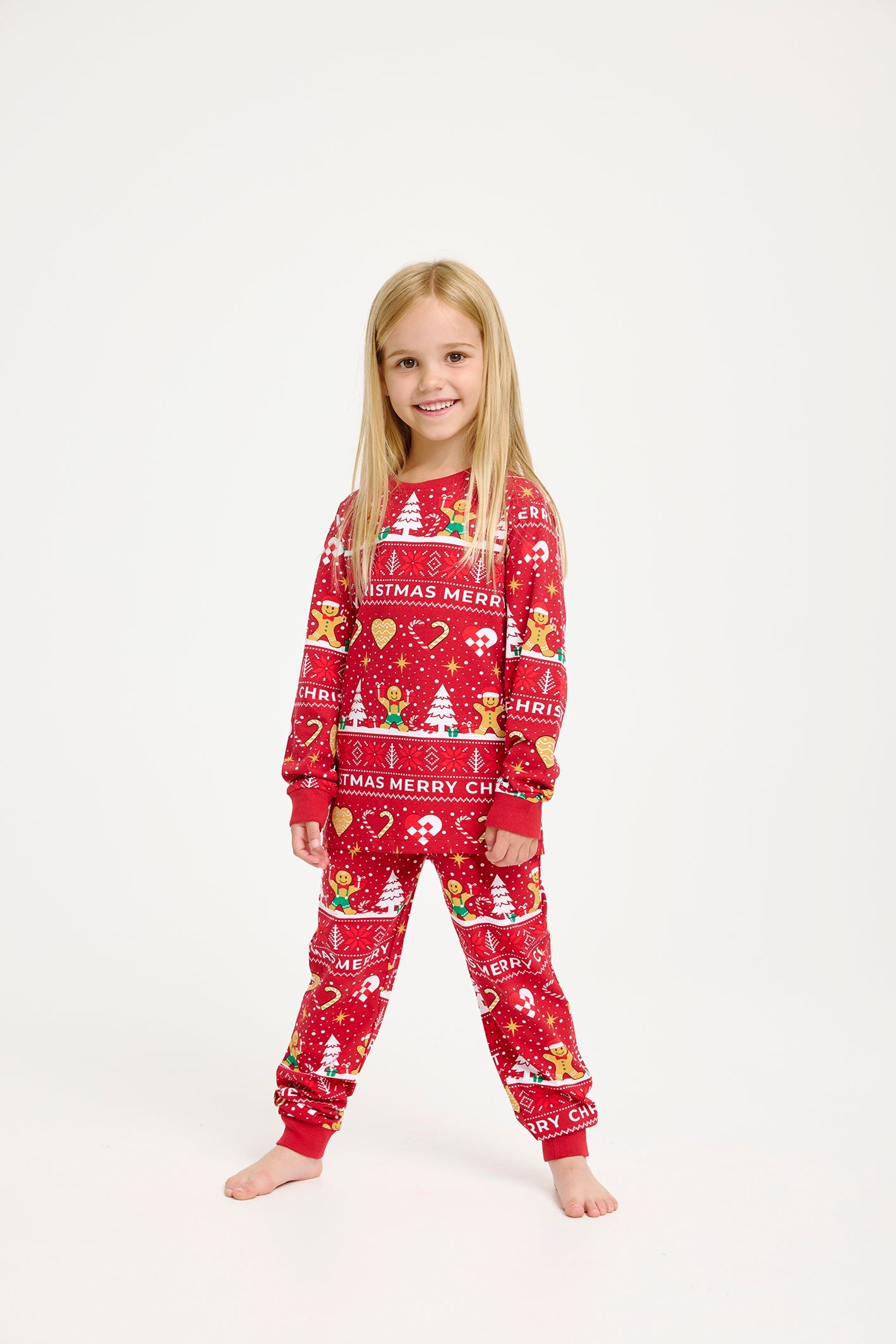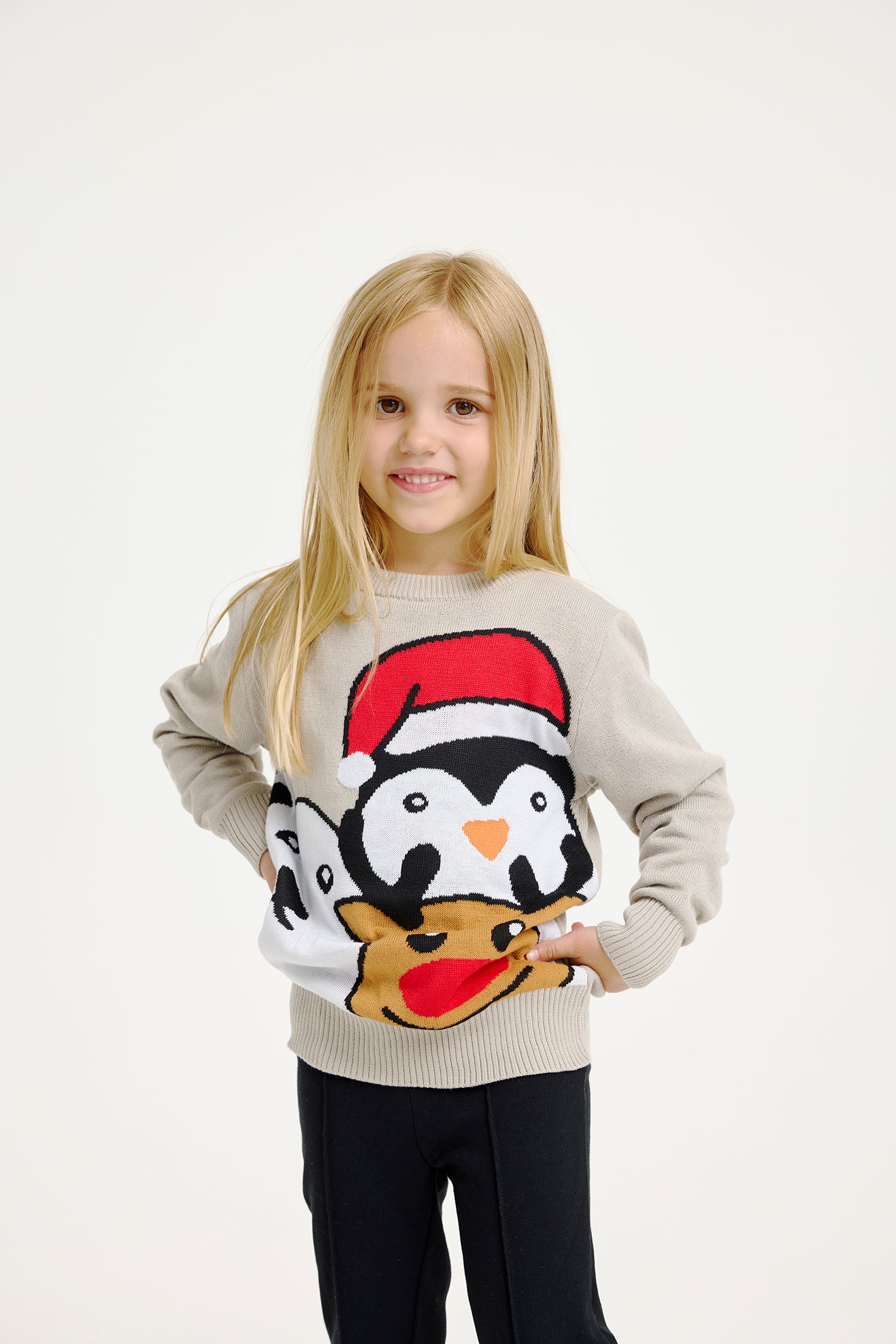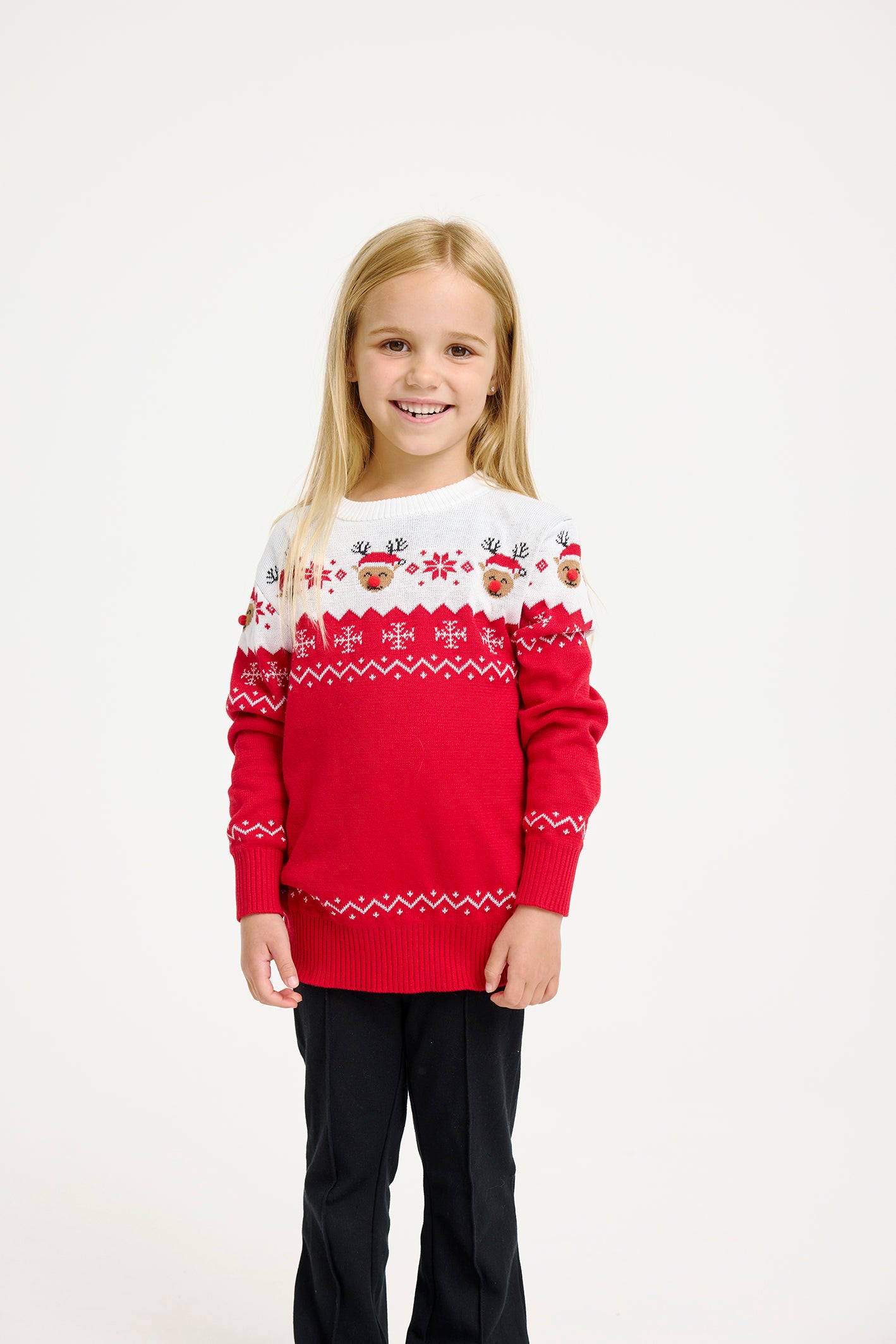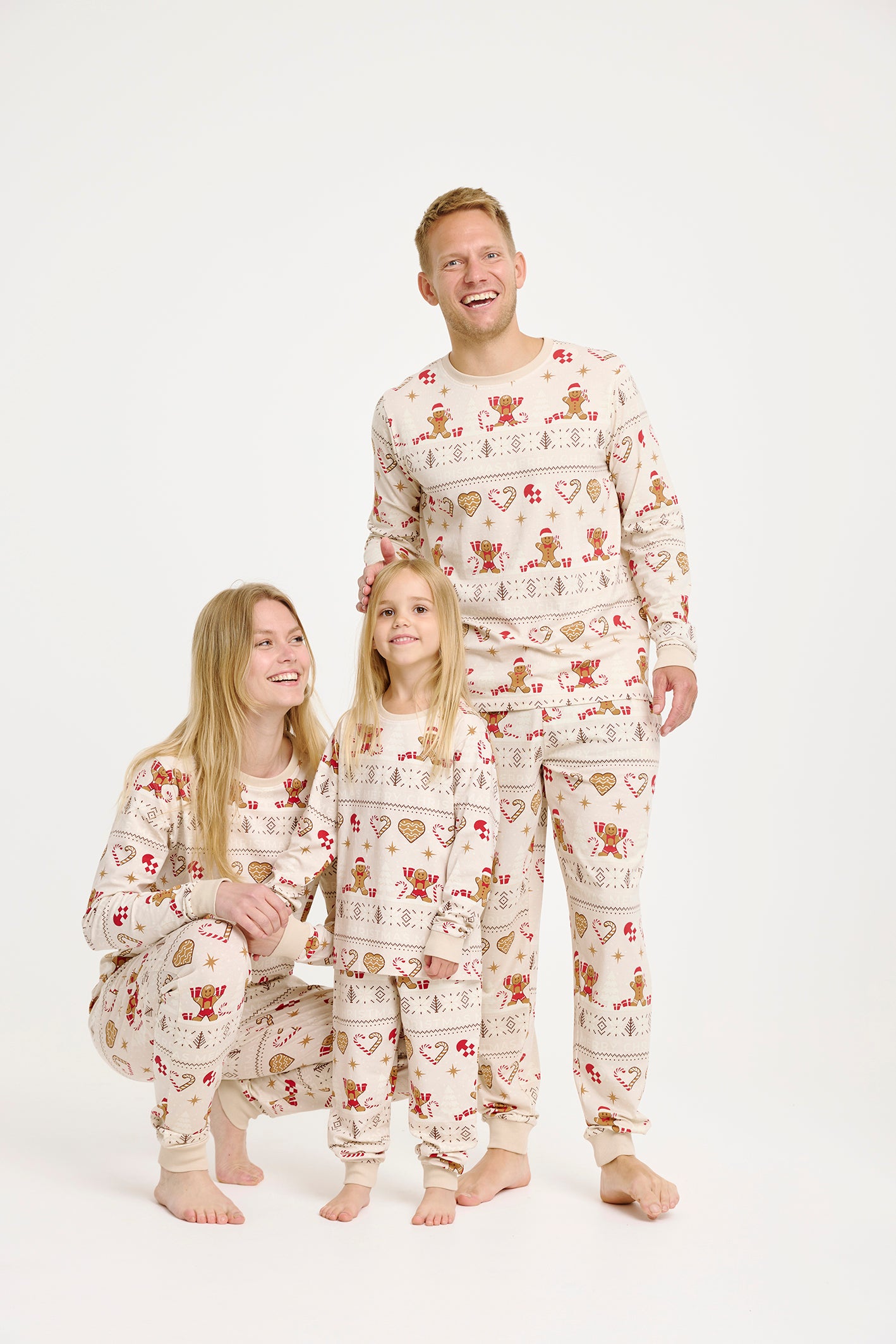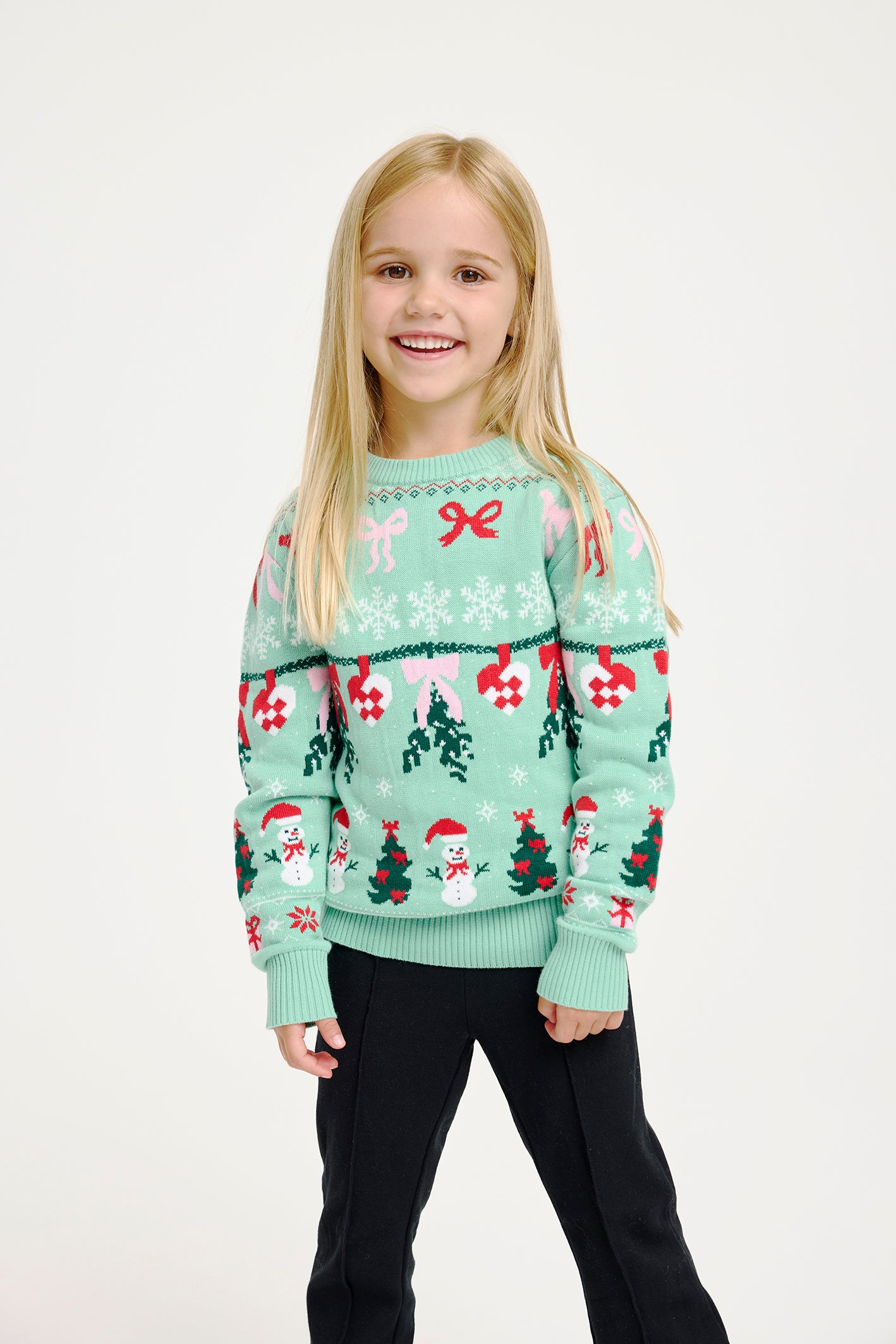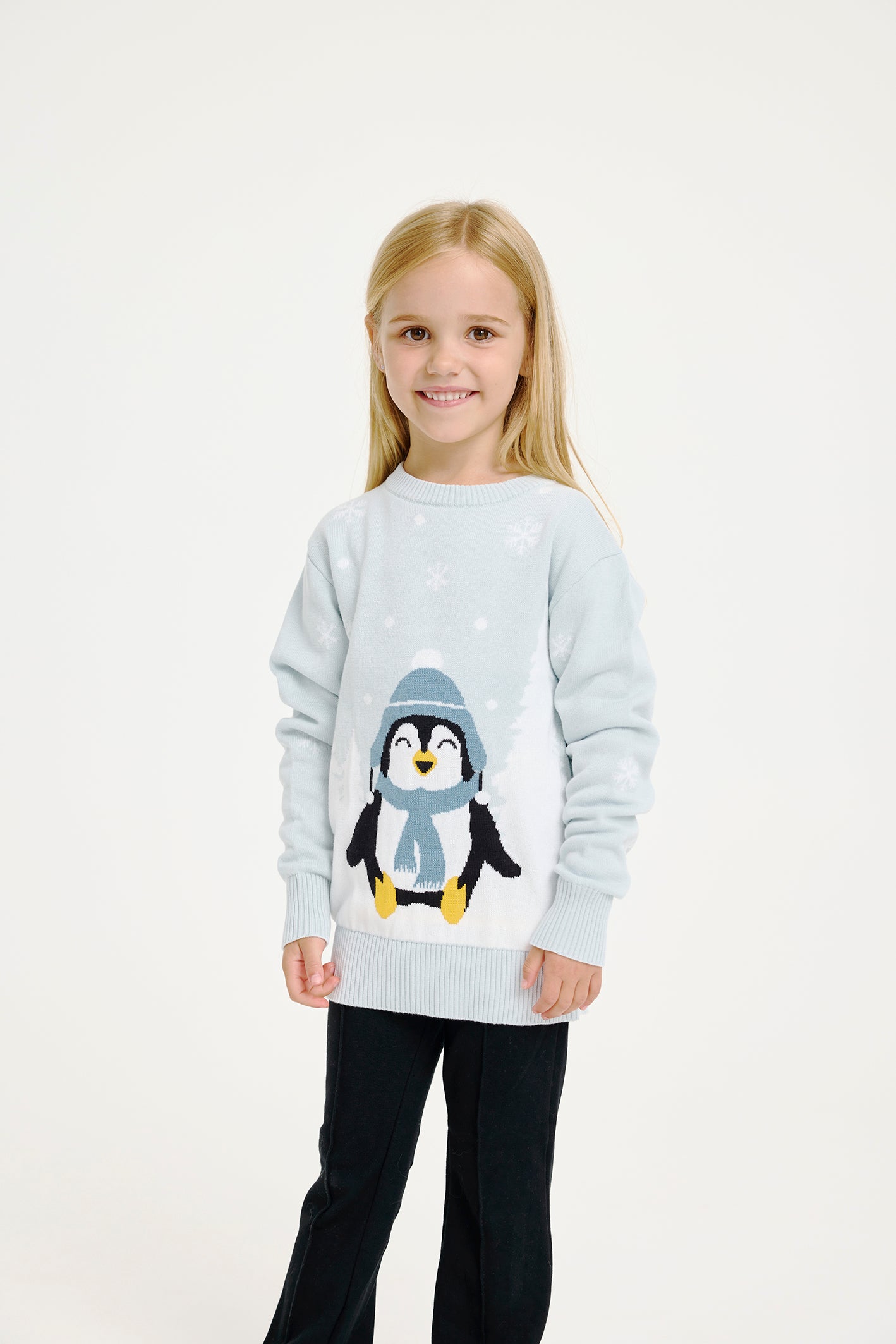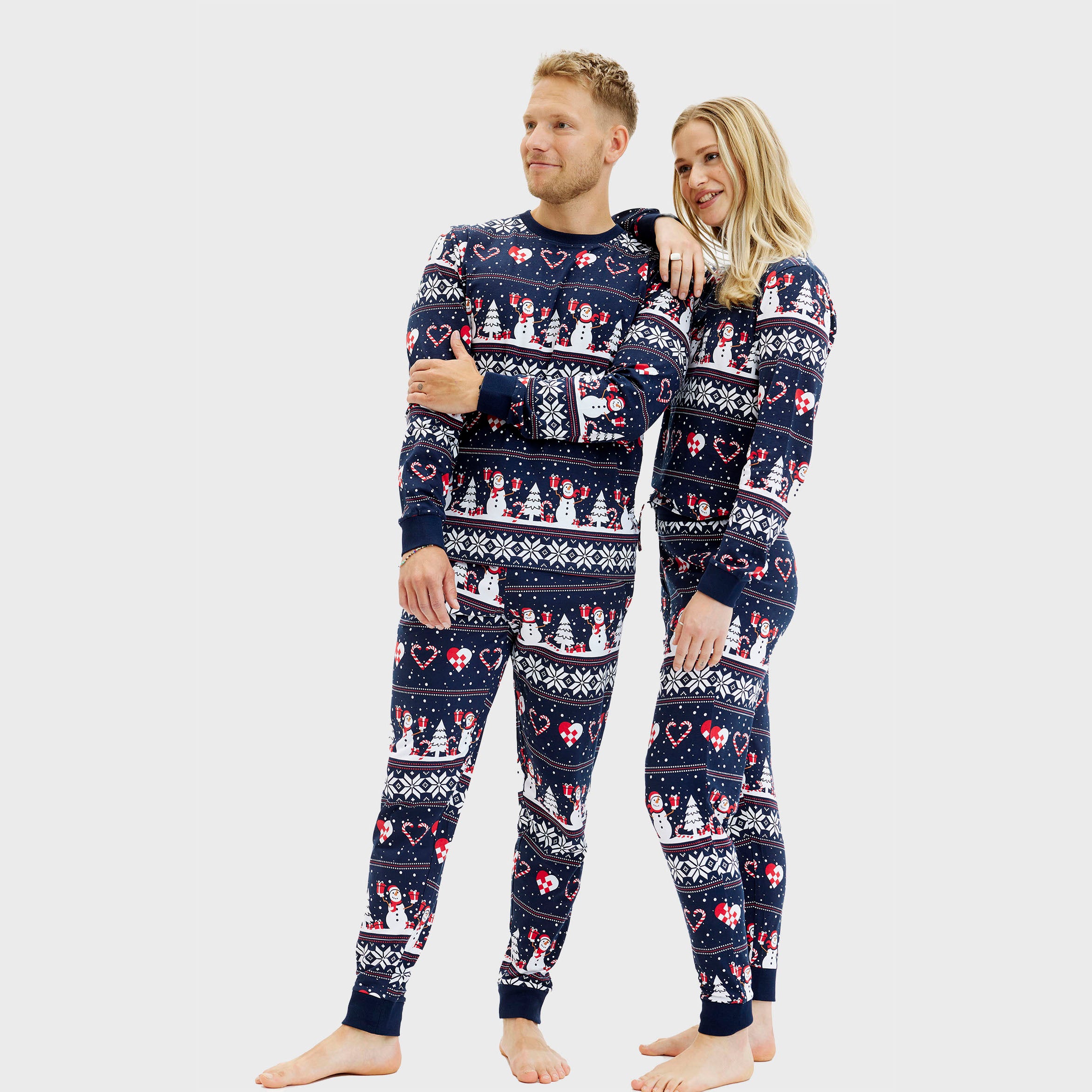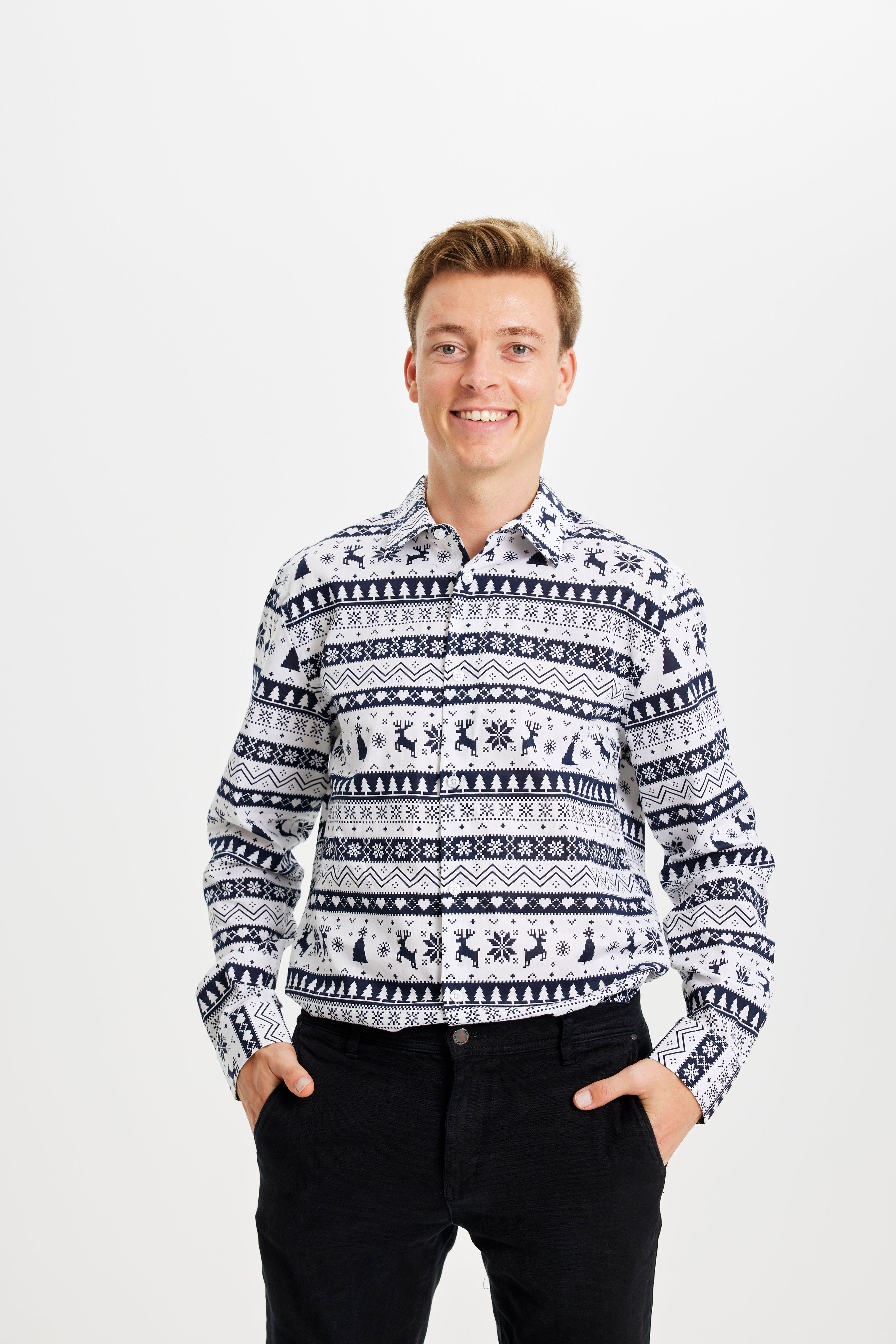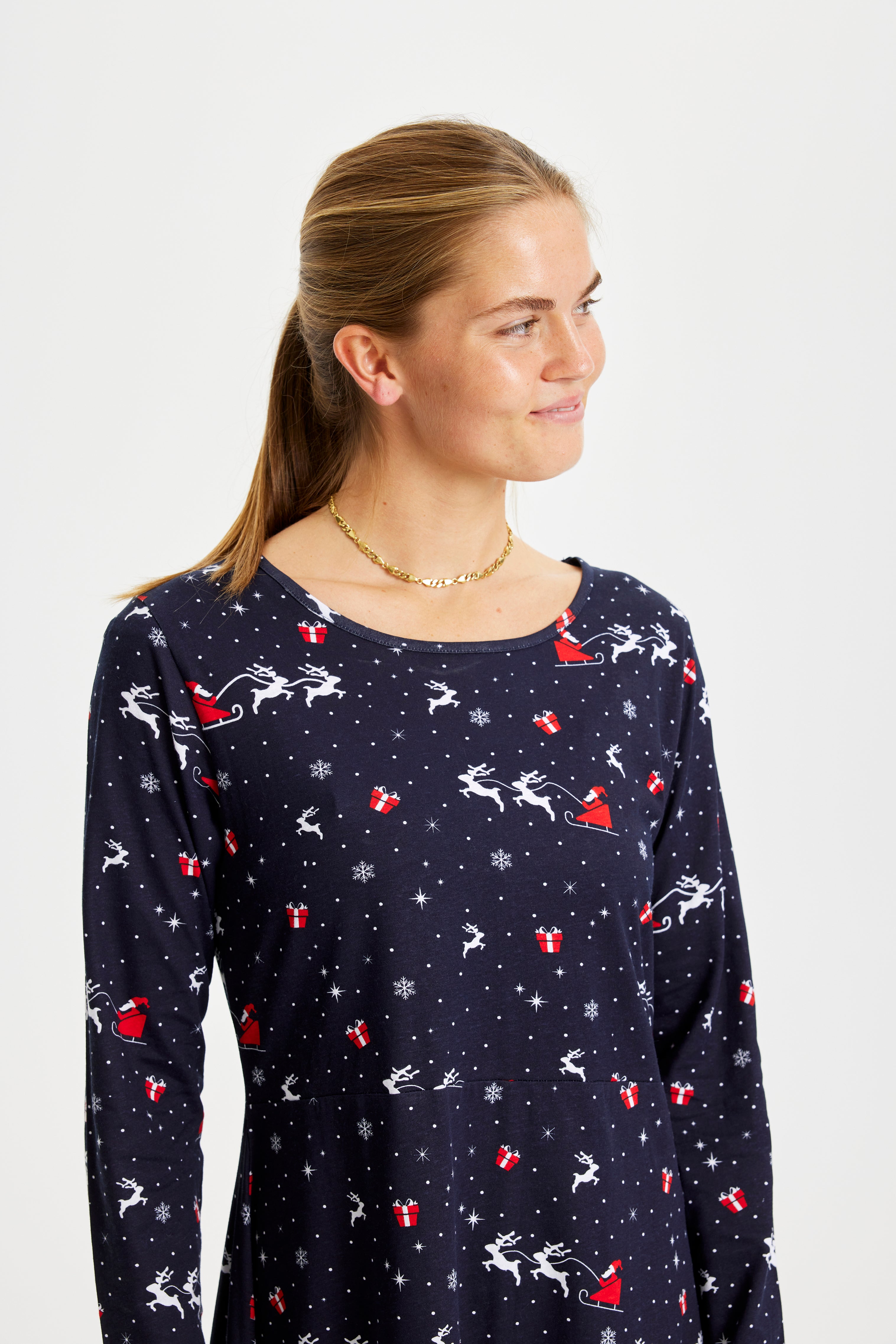29 October 2025
Christmas party themes

A clear theme transforms a Christmas party from a loose gathering into a memorable, cohesive experience. Choosing a single idea guides everything from invitations to lighting and gives guests a shared focus that makes the evening easier to host and more fun to attend.
Overview of what follows
Coming up is a concise preview of common theme categories, hands-on activity and menu suggestions, a nod to Nordic-inspired options, and practical notes on which ideas suit small private dinners, medium home parties, and larger workplace events. These pointers are designed to make planning straightforward so you spend less time juggling details and more time enjoying company.
Suitability and scale
Small private dinners (roughly 4–12 guests) work best with cosy, table-focused themes that encourage conversation, such as a hygge-inspired night or a curated tasting menu. For medium-sized home parties (12–40 guests) visual themes and mix-and-mingle activities shine, because they create Instagram-friendly moments and keep people circulating. Larger workplace events (40+ guests) typically benefit from activity-led formats with clear zones for games, food and networking so the evening feels organised and lively.
For family-focused gatherings, consider coordinating outfits to create instant group photos and playful competition: a classic Christmas sweater can unify a table, while matching kids christmas sweater sets add charm and make dressing easy for parents. If you plan an office dress code or a themed contest, a well-timed ugly Christmas sweater round boosts engagement and gives teams something to laugh about; providing a few spare options or prizes helps guests join in. For a more polished dress code, suggest a mens christmas sweater or festive shirts for colleagues who prefer subtler looks.
Keep the theme practical: pick one focal element, such as a signature activity or a strong visual palette, and let other choices support it. If you want a quick reference when you start planning, check the collections linked above for outfit ideas that match the tone of your party, then use the theme to shape your invitations, food format and a short activity list so guests know what to expect.
Theme categories and how they differ
Classic gatherings centre on familiar rituals and communal dining, with a clear structure that keeps the evening flowing. Modern interactive parties prioritise movement and competition, where short rounds and scoreboards keep energy high. Nordic-inspired options focus on pared-back visuals and natural accents, while decoration-driven themes treat each table and corner as a photo moment. Choosing between these categories helps you decide whether the night should sit around the table, move between activity zones, or become an aesthetic showcase.
Activities and entertainment
Activities: Group games that work well at most holiday events include a gift-exchange game, a holiday quiz, a scavenger or nisse run, quick creative builds like spaghetti towers, and rule-based silly challenges. Each has a clear objective and a suggested group size to help you plan.
- Gift-exchange game: Objective: lively swapping and laughs. Best for 6–20 people and runs 20–30 minutes.
- Holiday quiz: Objective: test seasonal knowledge and spark team rivalry. Best for 8–40 people; allow 20–40 minutes depending on rounds.
- Nisse run or scavenger hunt: Objective: get teams moving across the venue. Best for 10+ people; plan 30–45 minutes including setup.
- Creative team builds: Objective: cooperative problem solving with a playful twist. Small teams of 3–6; each build lasts 15–25 minutes.
- Silly-rule challenges: Objective: lower the threshold for participation with quick, silly tasks. Ideal as short interludes of 5–10 minutes.
Low-effort options include a well-curated playlist, a photo corner with props, a sing-along of familiar carols, or a short live set. For workplace events, structure three timed rounds: a 10–15 minute icebreaker, two main rounds of 20–30 minutes each, and a 15–20 minute prize moment to close. Visual workshops like wreath-making or ornament stations work well in 30–45 minute blocks and can double as favours.
Food and drink frameworks
Traditional multi-course menus often begin with pickled and cured starters, move on to warm mains such as meatballs or roast dishes, and finish with cheeses and almond-based desserts. For a buffet, present cold platters first, hot chafing-dish mains next, and finish with a dessert table so guests serve themselves in a logical flow.
Modern variations swap some heavy elements for winter salads with seasonal fruit and grain bowls, and include plant-forward options clearly marked for guests. Drinks should be planned by pairing: heavier, salty dishes pair well with sweeter mulled beverages or richer digestifs; lighter plates favour crisp non-alcoholic spritzes or herbal infusions.
Practical portions: for buffets plan roughly 600–800 grams of food per adult depending on the mix of heavy and light items; when serving plated courses allow one starter, one main and one dessert per guest and include at least two labelled alternatives for dietary needs.
Decoration, atmosphere and visual ideas
Colour palettes tie the whole event together: warm reds and greens support classic tables; natural wood, linen and neutral tones suit Nordic gatherings; metallics and sequins lift a party-glam room. Lighting: use strings and clusters of candles for intimate zones, and brighter spot lighting for game areas. For high-impact visuals on a budget, swap linens and add a single focal installation such as a photo wall or a tall mixed-height candle arrangement.
Bringing outfits into the plan
Coordinating clothing makes photos and group activities feel cohesive without being prescriptive. Suggest a Christmas sweater round, provide a prize for the most creative look, or offer a small rack of spare options near the entrance. For easy links to outfit ideas and quick extras, browse a selection of Christmas sweater styles and matching Christmas pajamas to suit different tastes and age groups.
Quick inspiration and next steps
Start by picking one focal element—an activity, a signature drink or a visual statement—and design the rest around it. Use mood boards to translate photos into practical lists for tableware, lighting and a short activity schedule. If you need fast costume ideas or small giveaways, consider a handful of funny or LED-lit options to lift the mood without extra planning.
Also view
30 October 2025
Winter evenings are made for small rituals: a steaming cup handed across a crowded kitchen, a clink of glasses by the fire, and cockta...

